Healing Foods for Soothing Acid Reflux and Bloating
Navigating the daily ups and downs of acid reflux and bloating can feel like your body is plotting against you—especially when your favorite meals start feeling like minefields. If you've ever hesitated before reaching for a snack, worried that discomfort is just around the corner, know that you're in compassionate company. From ancient remedies like ginger to humble grains and vibrant produce, you’ll find options that offer soothing comfort with every bite. Small changes, chosen with kindness, can nurture a healthier digestive future. Whether you’re seeking to calm a flaring stomach or simply feel lighter and more energetic, these healing foods are practical allies for every stage of your wellness journey.
1. Ginger: Ancient Root for Modern Discomfort
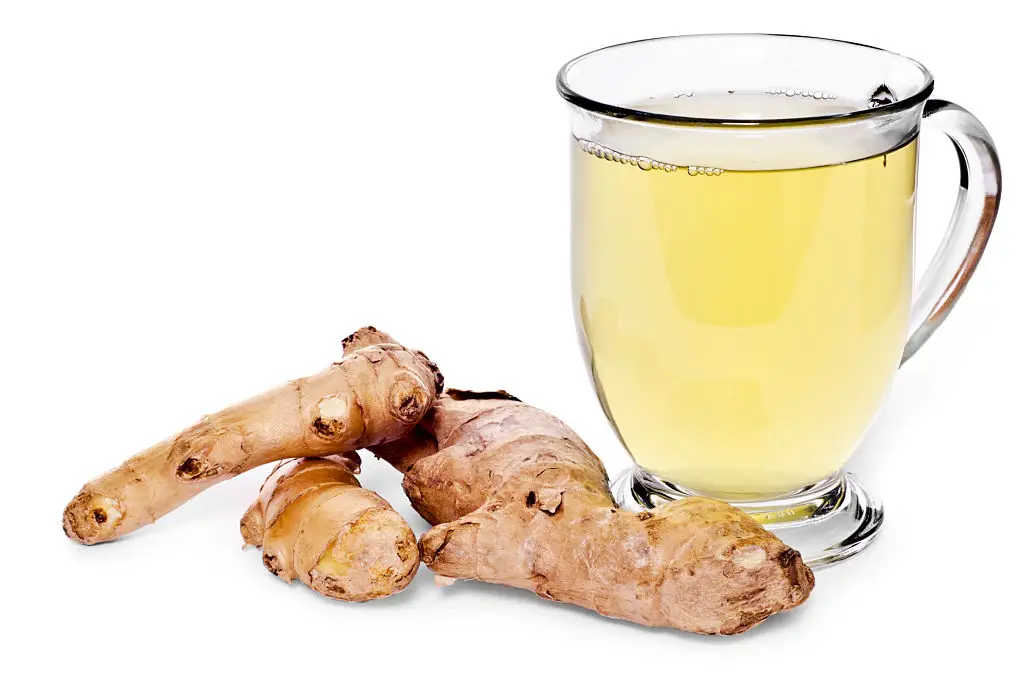
Ginger has earned its reputation through centuries of global use—and today, modern research backs up what traditional healers have long known. This knobby root contains powerful anti-inflammatory compounds like gingerol and shogaol, which can help calm the digestive tract in gentle, natural ways. For anyone dealing with acid reflux, ginger’s ability to support motility and reduce nausea is a game changer. Gastroenterologists like Dr. Rita Knotts have observed ginger’s effect on reducing fullness, post-meal discomfort, and overall abdominal pain. Bloating doesn’t stand a chance against ginger’s antispasmodic action, which soothes gut muscles and relieves trapped gas. Try sipping on freshly brewed ginger tea, adding grated ginger to stir-fries or smoothies, or seeking out natural ginger chews if you’re on the go. A word of wisdom: start small and listen to your body, especially if you’re sensitive, as too much ginger for some can trigger slight warmth or mild heartburn. By making ginger a regular guest at your table in the form that feels best, you’re giving your gut a time-tested boost and a dose of comfort each day.
2. Oatmeal: Gentle Fiber for Lasting Comfort
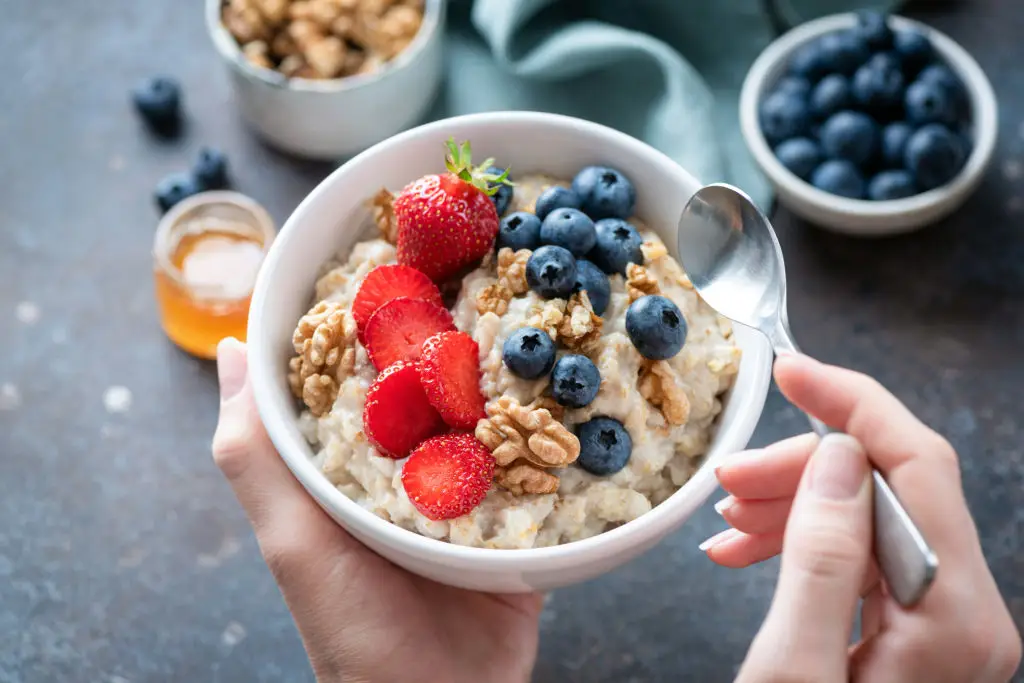
Oatmeal is much more than a cozy breakfast staple—it’s a digestive powerhouse for those prone to reflux and bloating. Thanks to its rich content of soluble fiber, oatmeal helps bulk up the contents of your stomach, which can prevent acid from bubbling back up. This slow-releasing fiber also steadies digestion and minimizes the sharp spikes that can lead to heartburn. Medical News Today notes that diets abundant in whole grains like oats are consistently linked with a reduced risk of GERD symptoms. When it comes to bloating, oatmeal’s gradual, gentle fiber helps promote regularity and can ease feelings of heaviness without fermenting too quickly (which often causes gas with other grains). The key is to prepare your oats simply—cooked with water or milk, served warm, and paired with soothing toppings like bananas or a sprinkle of cinnamon. Whether enjoyed for breakfast or as a snack, oatmeal offers reliable comfort for sensitive tummies, empowering you to move through your day with less worry, one hearty spoonful at a time.
3. Bananas: Potassium-Rich Soother
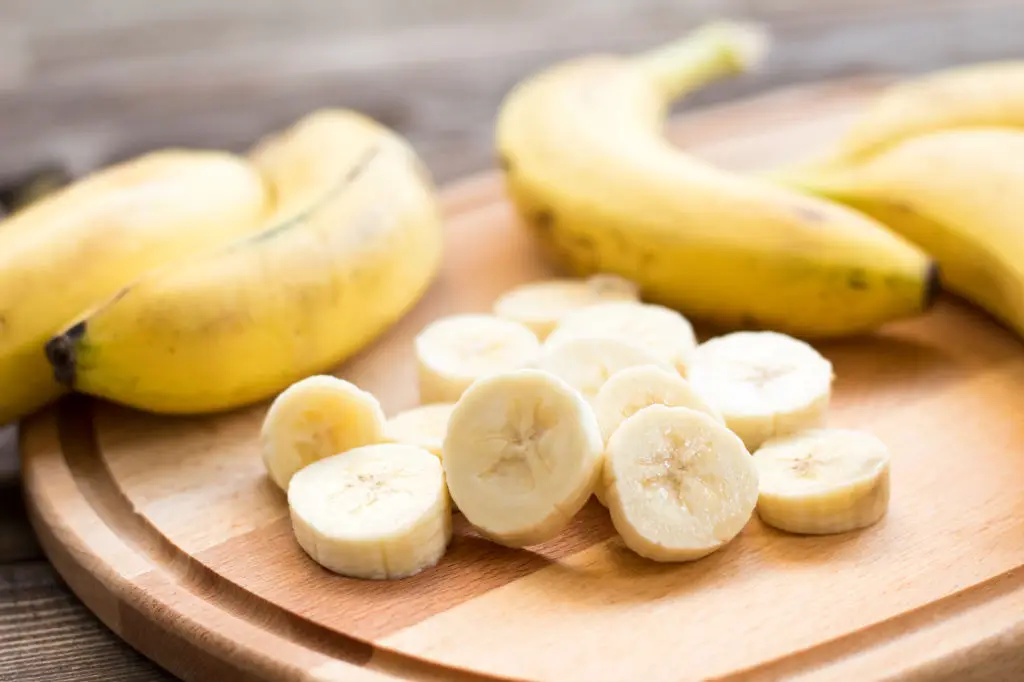
Bananas are a famously gentle friend to your digestive tract. High in potassium and natural antacids, they help neutralize stomach acid and offer a soft, easy-to-digest texture that’s ideal for those with delicate digestion. Unlike more acidic fruits, bananas rarely trigger heartburn and can actually coat the esophageal lining, reducing irritation during reflux flare-ups. For those battling bloating, bananas bring prebiotic fibers to the party—nourishing good gut bacteria and supporting regular movement through the digestive system. They’re also an excellent choice for reducing water retention and salt-induced puffiness, acting as nature’s mild diuretic. Grab one as a quick snack, blend into a smoothie, or top your oatmeal for double the soothing power. The beauty of bananas is their flexibility—keep them on hand for an instant, portable, and affordable way to care for your gut while keeping hunger at bay.
4. Skinless Chicken Breast: Lean Protein, Light on the Stomach
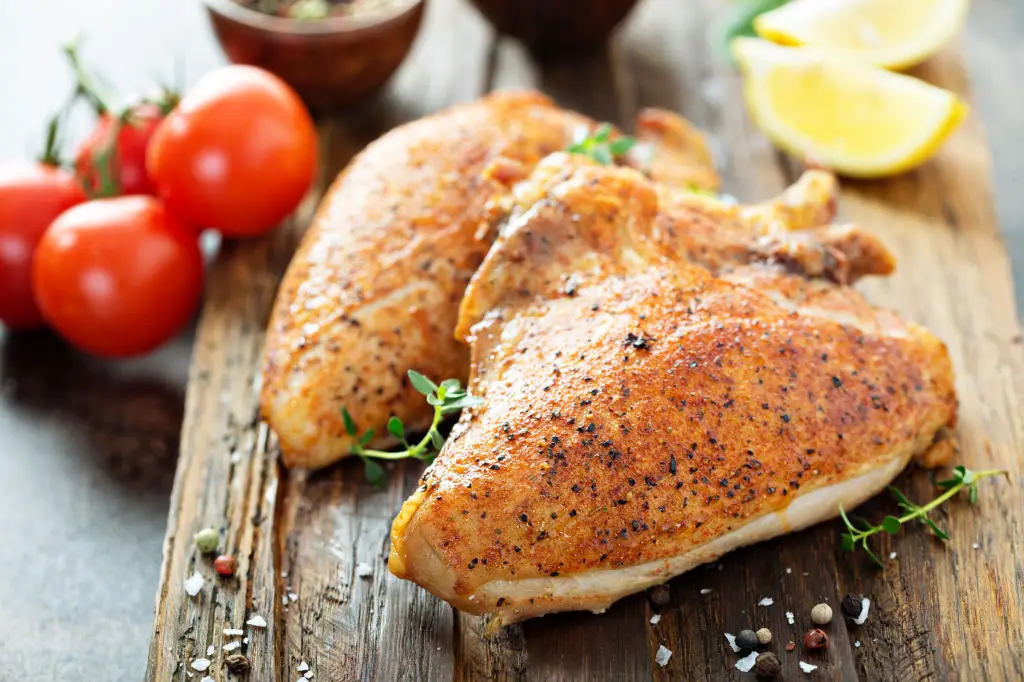
When your stomach is sensitive, the type of protein you choose makes all the difference. Skinless chicken breast is a classic go-to for acid reflux sufferers for a reason: it’s virtually fat-free, so it won’t relax the lower esophageal sphincter or trigger excess acid like processed or fatty meats might. Experts recommend grilling, baking, or poaching chicken to maintain its gentle profile and ensure easy digestibility. For anyone who finds beans or red meat too heavy or gas-producing, skinless chicken stands out as a lighter, satisfying source of nourishment. It won’t contribute to bloating, and the steady release of energy helps keep you comfortably full without any stomach drama afterward. Add chopped herbs or a squeeze of lemon for flavor, and enjoy chicken in salads, wraps, or main dishes, confident that you’re fueling recovery—not irritation or unrest.
5. Fennel: Crunchy Aid for Gut Harmony
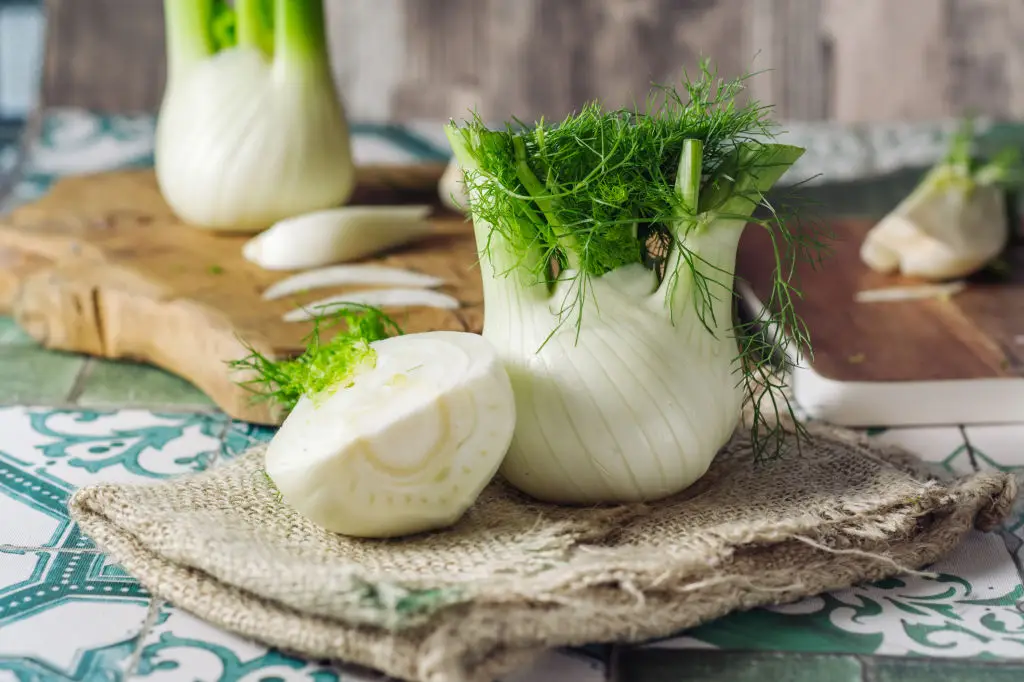
With its crisp texture and subtle licorice flavor, fennel has long been hailed as a friend to the digestive system. This versatile vegetable contains naturally-occurring compounds that relax the smooth muscles of your gut, helping to ease gas, cramping, and uncomfortable bloating. Traditionally, fennel seeds or bulb have been chewed after meals as a simple, effective way to settle the stomach. When it comes to acid reflux, fennel’s mild alkalinity makes it a safe choice that adds variety to restricted diets. Toss thinly sliced fennel into salads, roast chunks with carrots, or simmer the seeds into tea for a soothing after-dinner ritual. By weaving fennel into your meals, you’re offering your body a refreshing, dual-action remedy—one that bridges ancient herbal wisdom with modern digestive science.
6. Brown Rice: Satisfying Whole-Grain Neutralizer
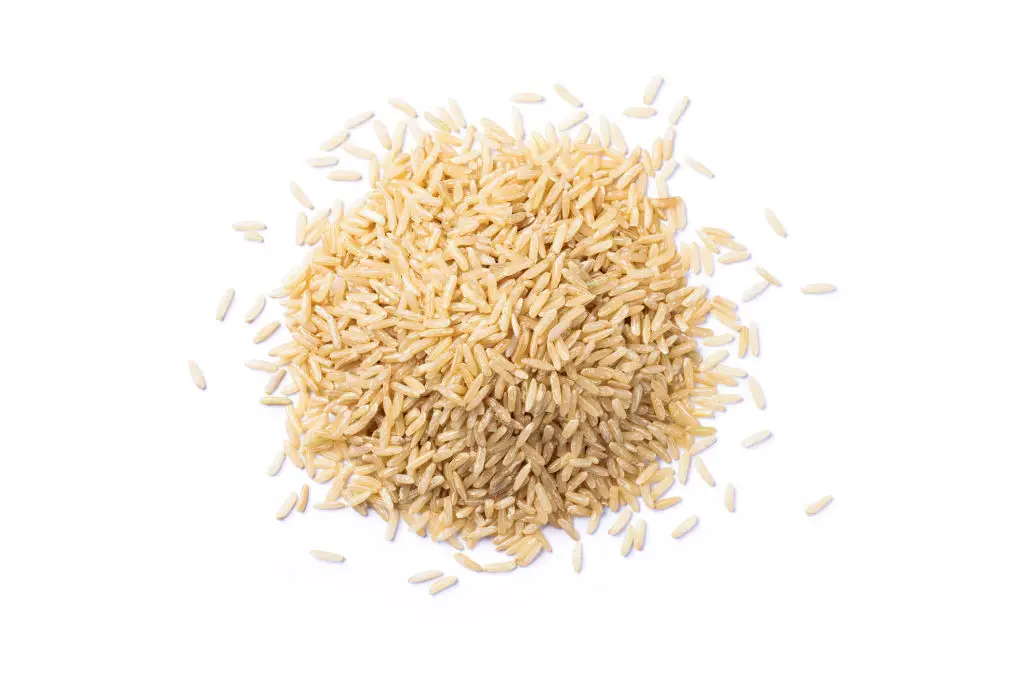
Sometimes the most effective foods for your gut are the simplest. Brown rice is celebrated for its high fiber content and slow-burning, complex carbohydrates that help keep you feeling nourished for hours. Unlike refined grains, brown rice bulks up stool and moves food steadily through your system, preventing the stagnation that can cause uncomfortable bloating and gas. For those troubled by acid reflux, brown rice serves as a neutral, non-irritating base that absorbs excess acid and never overstays its welcome. It's gentle enough for even the most sensitive tummies and provides a sturdy foundation for countless dishes. Stir brown rice into grain bowls, pair with lean proteins, or try as a filling in veggie wraps. Just remember: a little goes a long way, and mindful portioning helps you reap digestive rewards without heaviness.
7. Yogurt (with Probiotics): Friendly Bacteria for Balance

If you’re craving something cool and creamy that won’t upset your gut, look no further than probiotic-rich yogurt. The live cultures in yogurt help replenish helpful bacteria in your digestive tract, which can be a lifeline when bloating leaves you feeling uneasy. Probiotics support smoother digestion, promote regularity, and can ease that “gassy” feeling caused by unbalanced gut flora. For acid reflux, yogurt’s smooth texture and gentle proteins work to calm inflammation and repair the stomach lining—provided you pick low-fat, unflavored varieties. They’re less likely to trigger symptoms compared to full-fat or sweetened versions. If you’re lactose sensitive, choose lactose-free or non-dairy alternatives rich in active cultures. Enjoy yogurt solo, swirled with fruit, or layered into parfaits for a snack that feels both comforting and restorative.
8. Melon (Cantaloupe & Watermelon): Alkaline Hydration
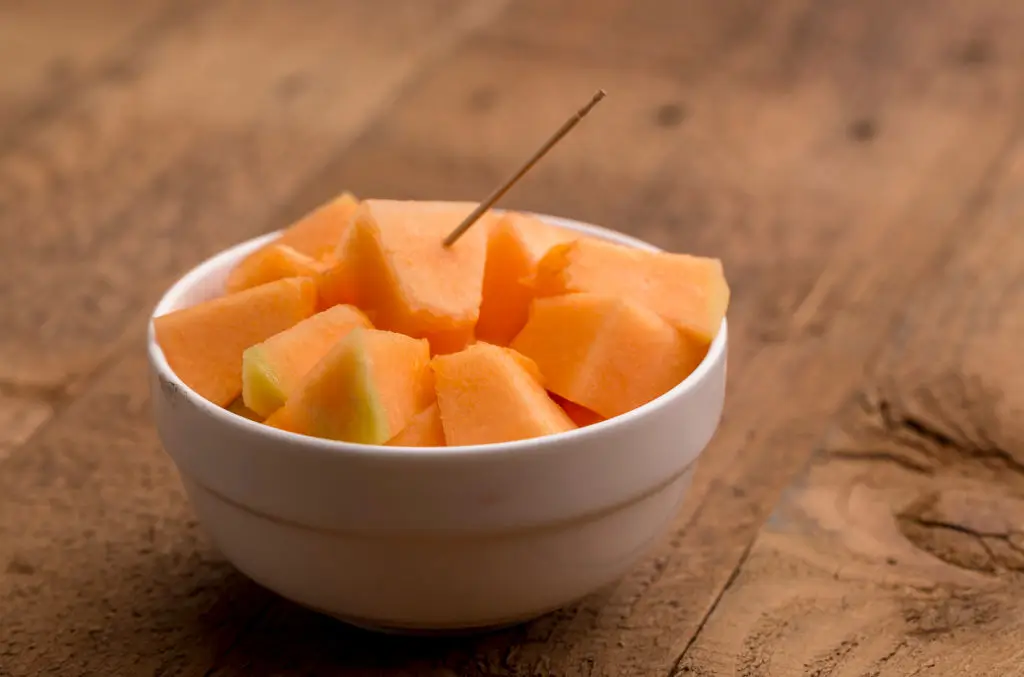
Melons like cantaloupe and watermelon are a refreshing way to keep both acid reflux and bloating at bay. Thanks to their high water content and alkaline nature, these fruits help dilute digestive acids while hydrating your body—an especially gentle touch for sensitive stomachs. Unlike citrus or other acidic fruits, melons are unlikely to provoke heartburn and may even offer a mild cooling effect. For those faced with bloating, melons’ simple sugars and significant water load help promote easier digestion and regular elimination. Grab a few slices on a hot day, mix with berries for a fruit salad, or blend into smoothies. Just be mindful of portion sizes, as enjoying melons slowly gives your body a chance to absorb goodness without sudden surges of sugar.
9. Parsley: Culinary Digestive Tonic

Often relegated to garnish status, parsley is actually a quiet powerhouse for digestive wellness. This humble herb boasts mild diuretic properties and compounds shown to reduce both gas and water retention, making it an ally for anyone troubled by that tell-tale ballooning sensation. Its light, clean flavor also brings freshness to dishes—without adding acid or heat. In the context of acid reflux, parsley’s gentle nature means it’s unlikely to trigger symptoms while allowing you to amp up the flavor in your food. Sprinkle it liberally over salads, blend into smoothies, or steep as a comforting tea post-meal. Sometimes it’s the smallest additions that help you reclaim comfort and flavor without compromise.
10. Papaya: Enzyme Powerhouse for Easier Digestion
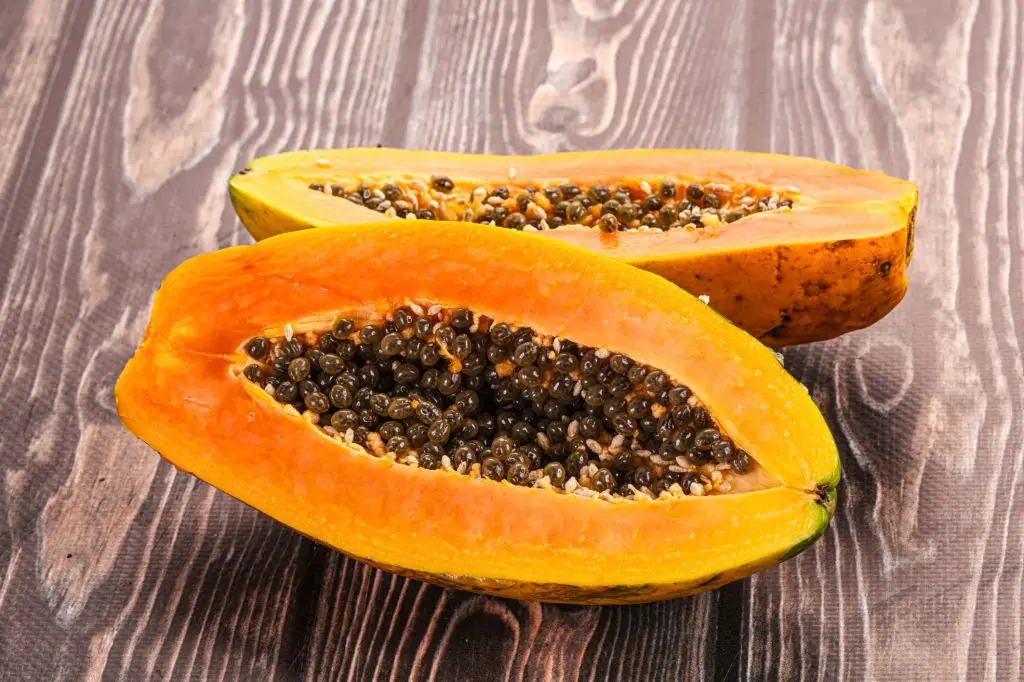
Papaya offers a tropical burst of digestive support thanks to its signature enzyme, papain. Renowned for helping break down proteins and support quicker digestion, papaya lends a hand when heavy meals leave you feeling sluggish or bloated. This fruit is also naturally soft, making it gentle enough for those prone to reflux or esophageal irritation. In addition to easing the passage of food through your system, papaya’s fiber content and soothing beta-carotene support both gut and immune health. For best results, enjoy fresh papaya on its own, toss it into fruit salads, or blend with ginger into a smooth, calming breakfast bowl. As with all fiber-rich foods, start with modest amounts to allow your body to adjust and enjoy the benefits without sudden surprises.
11. Lentils: Plant Protein with Gentle Fiber
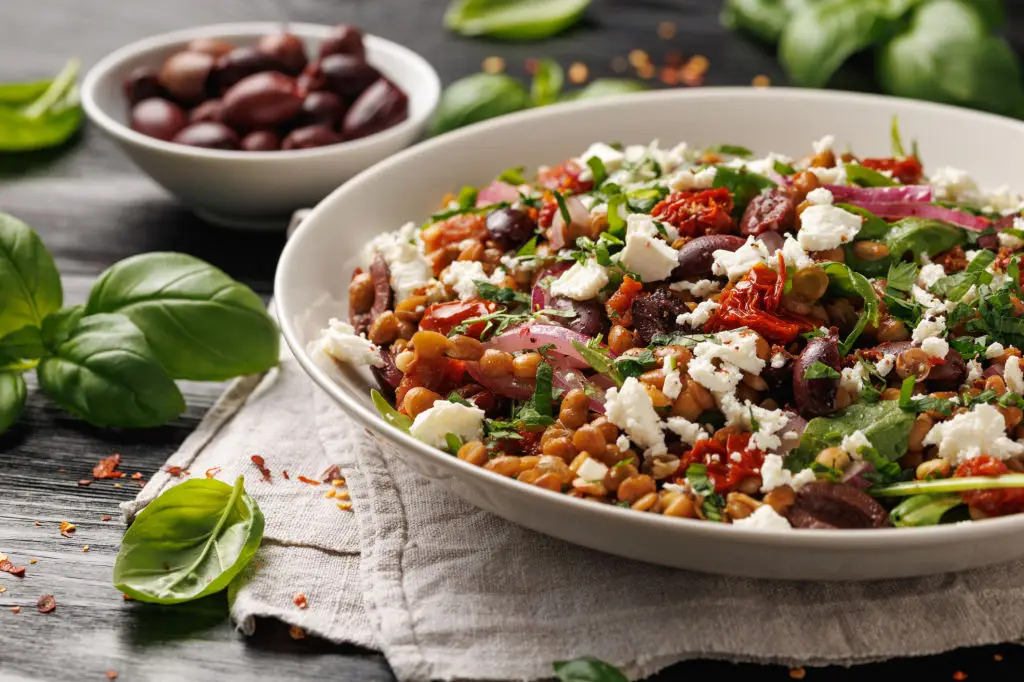
Lentils strike a rare balance between hearty nutrition and digestive ease. Packing both fiber and plant-based protein, lentils deliver lasting fullness while also supporting regular, untroubled digestion. When cooked thoroughly and rinsed before use, these tiny legumes are less gas-forming than many others, making them a smart choice for those sensitive to bloating. From an acid reflux perspective, lentils act as a satisfying meat alternative that won’t introduce unwanted fats into your diet. Incorporate lentils into soups, grain bowls, or simple salads for a gentle, sustained energy source. Whether you’re newer to legumes or a seasoned plant-based eater, gradual, consistent inclusion supports long-term comfort—reminding you that small, mindful choices today are foundational for better digestion tomorrow.
12. Aloe Vera Juice (Unsweetened): Cooling Elixir for the GI Tract

Aloe vera juice has earned its place in gentle digestive remedies for a reason. When consumed unsweetened and in moderation, this natural elixir soothes the mucous membranes of the esophagus and stomach, offering a cooling balm for heartburn flare-ups and after-meal discomfort. Its anti-inflammatory properties can make episodes of acid reflux feel less intense, helping your gut recover with each sip. For those battling bloating, aloe’s lubricating effect promotes regularity and eases the passage of food. Always choose certified, unsweetened aloe juice and stick to small servings—an ounce or two is all you need, as excess amounts can have laxative effects. If this is new for you, check with your healthcare provider before incorporating aloe regularly. Drinking thoughtfully and listening to your body turns aloe from a trendy supplement into a true self-care practice.
13. Carrots: The Fiber-Rich Alkaline Crunch
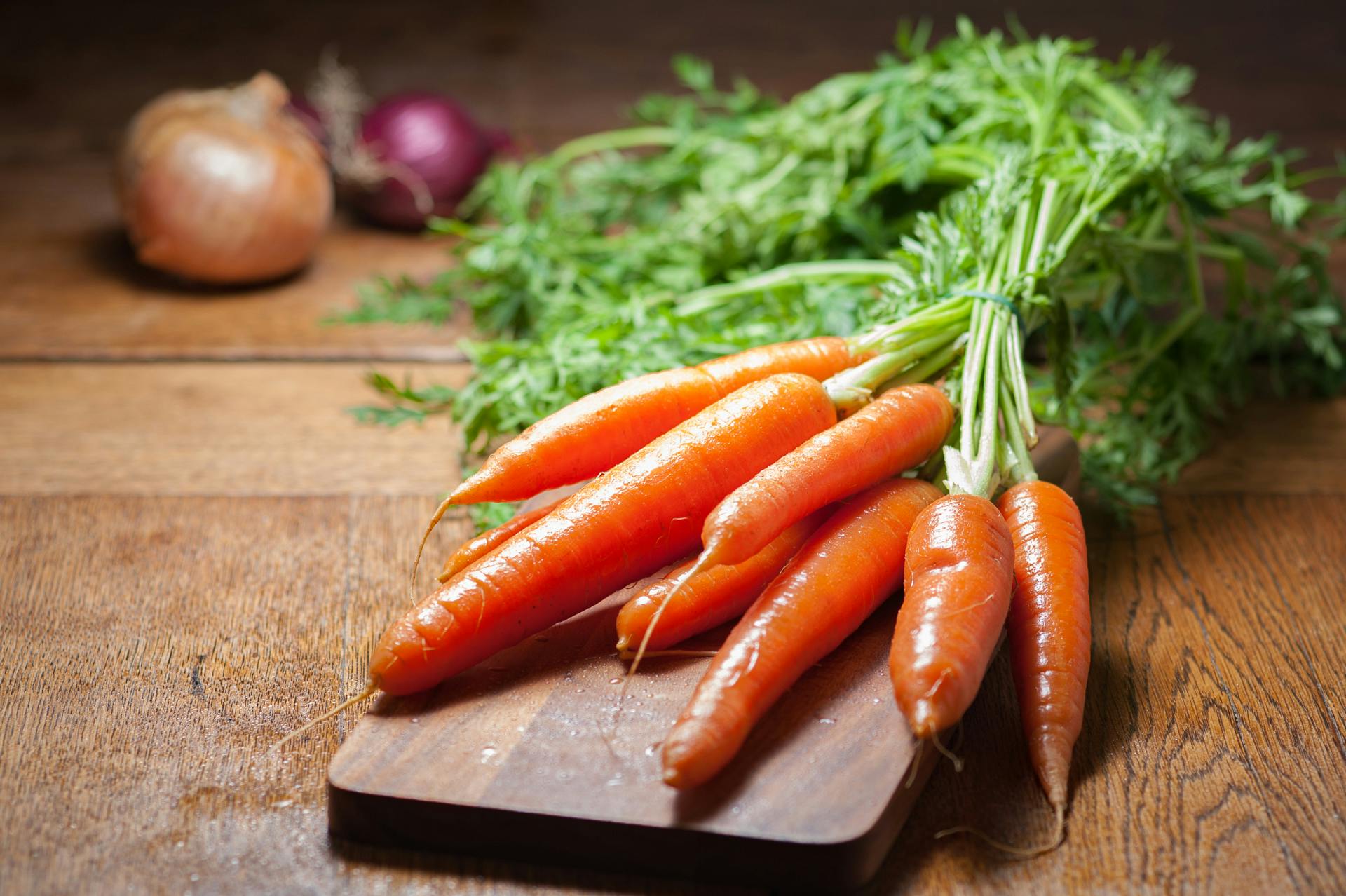
Carrots are an incredibly reliable, low-acidity snack that provides both crunch and relief. Their high content of beta-carotene and simple, accessible fiber helps bulk up stomach contents and creates a calming, alkaline environment in the stomach, which actively helps prevent acid backflow. Because they are a root vegetable, they are highly digestible and their fiber is less likely to ferment rapidly, helping to reduce gas and bloat. Eating a handful of raw baby carrots between meals or lightly steaming them offers a soothing, gentle way to curb hunger while supporting healthy gut transit and neutralizing stomach acidity.
14. Chicken Bone Broth: Collagen for the Gut Lining

While not a food in the traditional sense, unsalted chicken bone broth is a healing elixir for the entire gastrointestinal tract. It is rich in collagen, gelatin, and the amino acids like glutamine, which are the building blocks necessary to repair and strengthen the gut lining. A healthy gut barrier reduces the systemic inflammation that contributes to chronic acid reflux. Its liquid form is soothing and easily digestible, making it an ideal anti-bloating beverage that provides hydration and vital minerals without requiring the digestive effort that can trigger discomfort.
15. Asparagus: The Prebiotic Digestive Aid
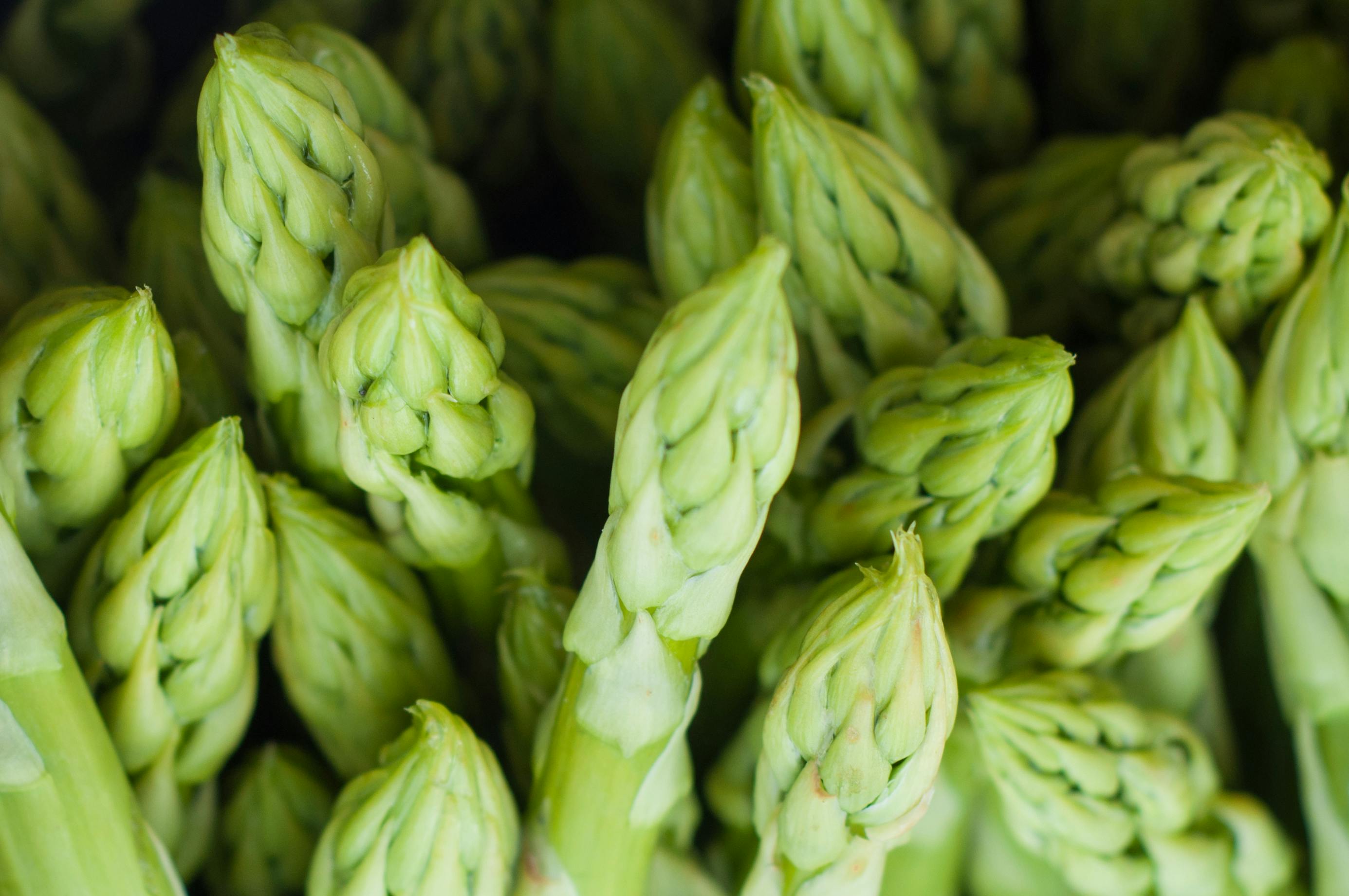
Asparagus is a nutritional powerhouse that uniquely targets both inflammation and gut health. It contains high levels of inulin, a prebiotic fiber that feeds beneficial bacteria in the colon, which in turn produce calming, anti-inflammatory short-chain fatty acids (SCFAs). By promoting a balanced microbiome, asparagus indirectly reduces gas-producing dysbiosis. Lightly steamed or boiled, it's easily digested and provides a natural diuretic effect, helping to flush out excess fluids and reduce salt-induced water retention and puffiness. Enjoy it simply seasoned to leverage its full digestive benefits.
16. Oat Bran: The Super-Charged Soluble Fiber
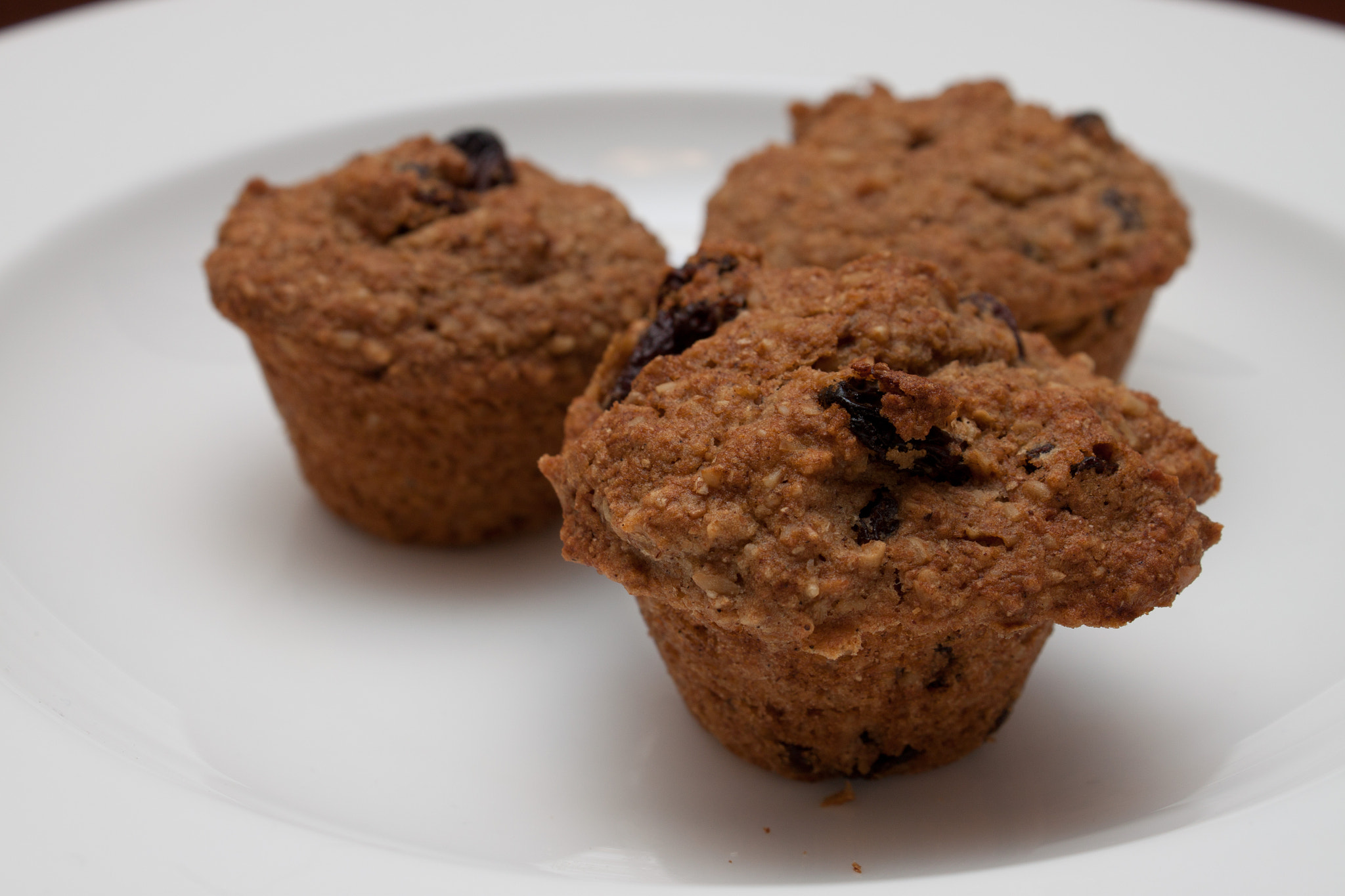
While you mention oatmeal, oat bran provides a much higher concentration of soluble fiber, making it a superior, fast-acting binder for both acid and gas. Just a tablespoon mixed into water or yogurt rapidly creates a soothing, gel-like barrier in the stomach, which physically helps prevent acid reflux. This potent fiber source is metabolized slowly and gently, acting as a soft bulk that aids regular bowel movements and significantly reduces the gut stagnation that causes chronic bloating. It's a powerhouse tweak to add to existing meals for immediate, dual-action relief.
17. Dill: The Carminative Calmer

Often used as a garnish or seasoning, the herb dill possesses potent carminative properties—meaning it helps relieve gas and abdominal discomfort. Dill contains essential volatile oils that act as natural antispasmodics, gently relaxing the digestive muscles to release trapped gas and ease cramping that leads to bloating. Its mild, clean flavor is naturally low in acidity, making it a safe addition for reflux sufferers. Sprinkle fresh dill over fish, potatoes, or cottage cheese, or chew a few seeds after a meal for a direct, aromatic effect that settles the stomach quickly and effectively.
18. Cooked Green Beans: The Low-FODMAP Fiber
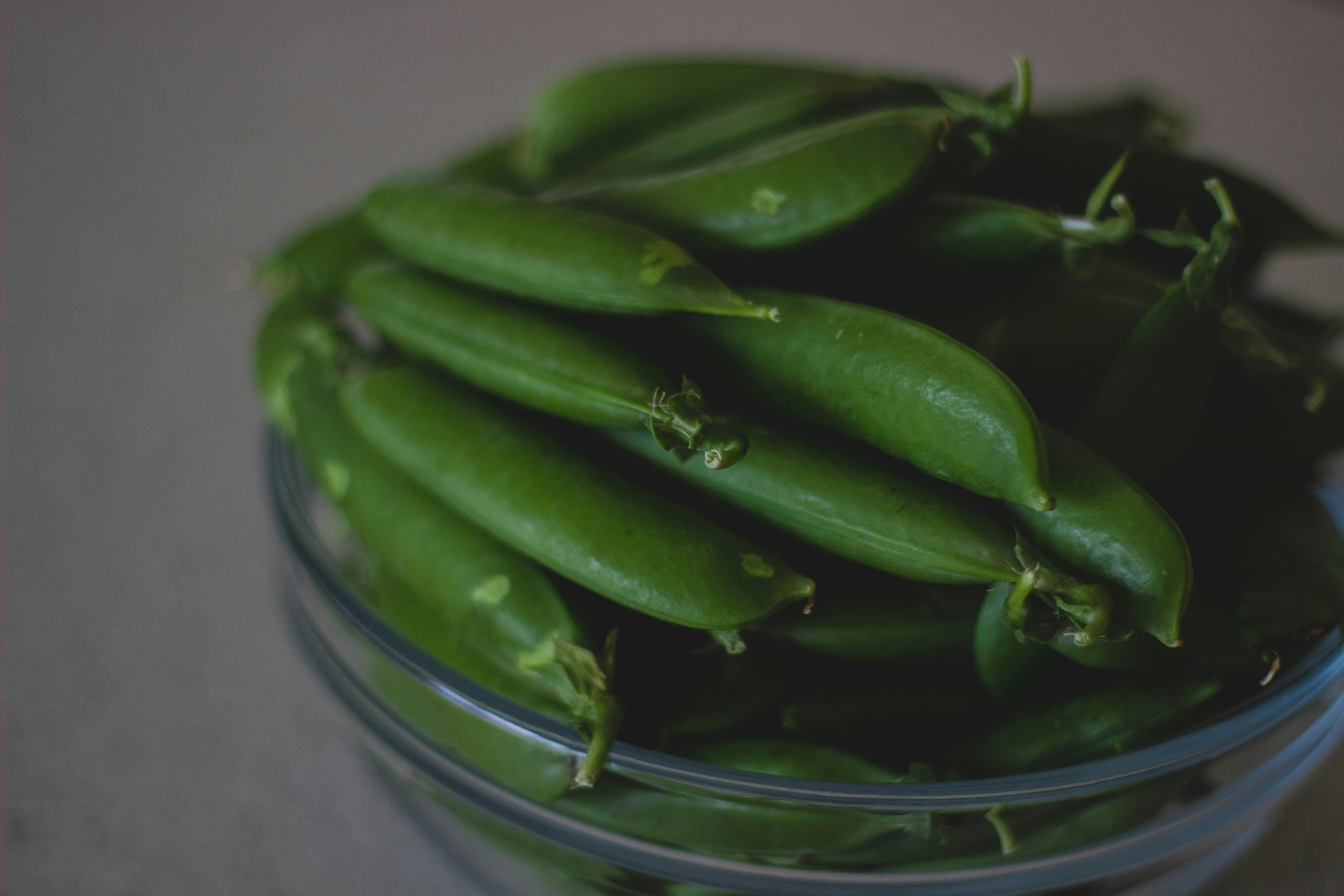
Cooked green beans are an overlooked vegetable powerhouse for sensitive digestive systems. Unlike high-FODMAP vegetables (which ferment rapidly and cause gas/bloating), green beans contain gentle, easily digestible fiber that promotes regularity without excess fermentation. This makes them an excellent, non-irritating bulk agent to sweep the colon clean and prevent bloating. For acid reflux, they are low in fat and naturally alkaline, making them a safe, neutral side dish that won't trigger symptoms. Lightly steam or boil them and season minimally; they serve as a perfect, safe cornerstone for any meal designed to reduce digestive discomfort.
19. Licorice Root Tea (DGL): The Mucosal Protectant
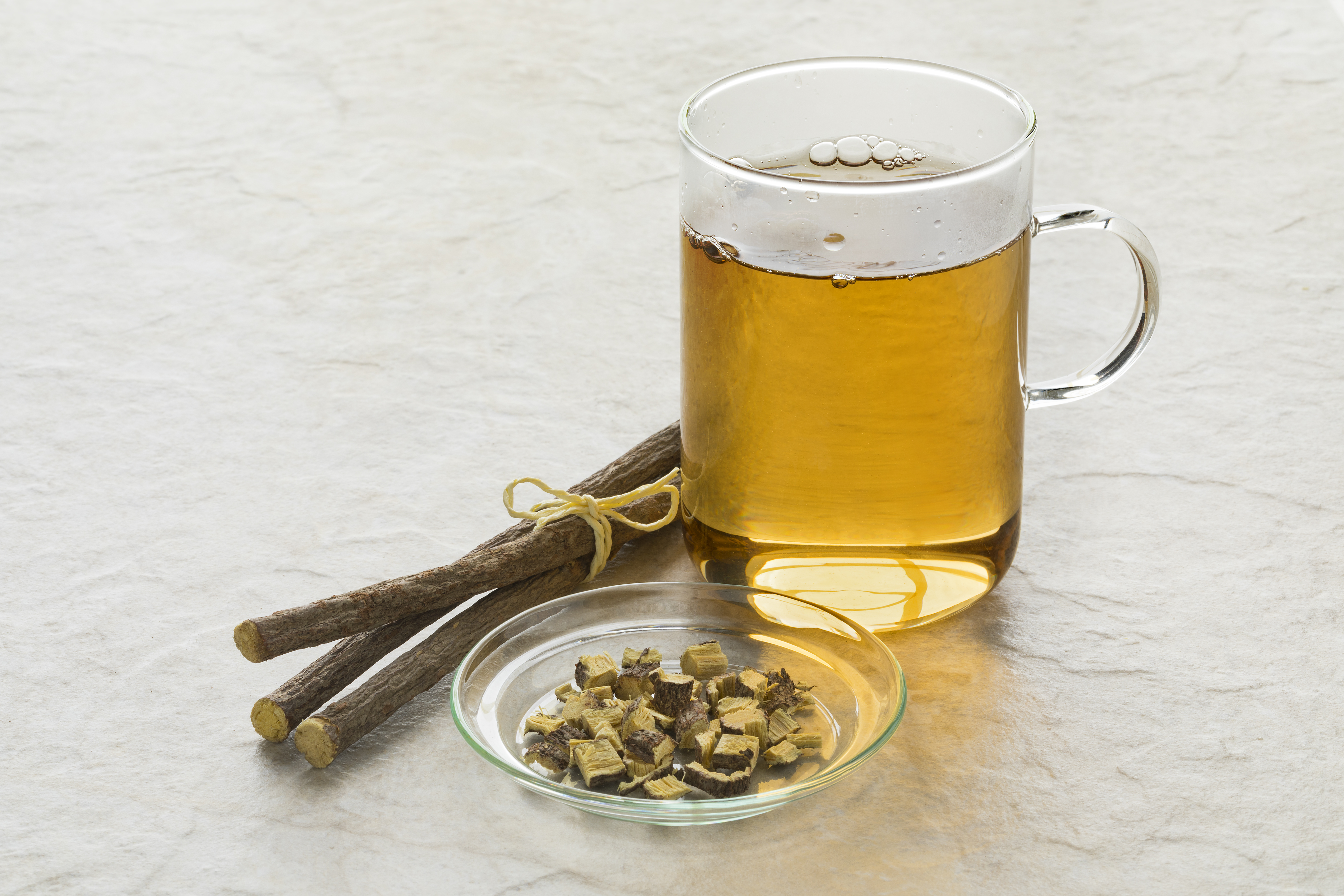
Licorice root, specifically the deglycyrrhizinated form (DGL), is a powerful, unique addition because it doesn't just treat symptoms—it aids healing. DGL stimulates the production of mucin, the protective mucus layer in the stomach and esophagus. By thickening this barrier, DGL provides a literal shield against corrosive stomach acid, offering relief from reflux and supporting the repair of any inflamed gut lining. For bloating, DGL has mild anti-spasmodic effects that relax the gut muscles. Enjoying DGL as a warm tea or chewable tablet before meals creates a protective lining for your entire upper digestive tract.
20. Cumin Seeds: Traditional Carminative Spice
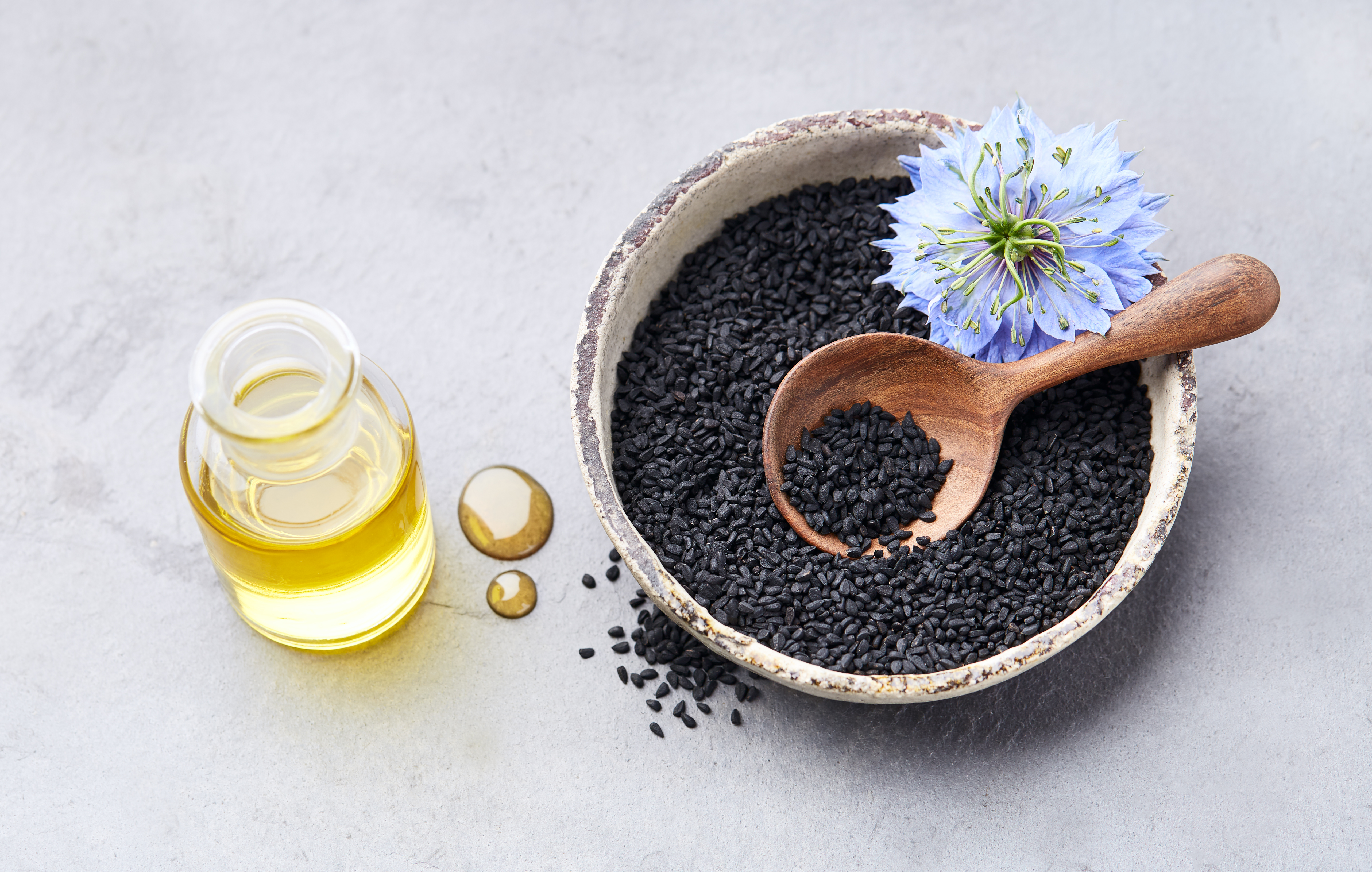
Cumin seeds are a highly effective, yet often overlooked, digestive aid used in many cultures. Cumin contains volatile oils, particularly cuminaldehyde, which possesses strong carminative and anti-flatulent properties. It works by stimulating the release of bile and relaxing the smooth muscle of the gastrointestinal tract, allowing trapped gas to pass easily and preventing painful cramping and bloating. Unlike many foods, cumin can also gently neutralize excess acid. Toast and chew a small pinch of seeds after a meal, or incorporate the ground spice into soups and vegetable dishes for a warming, therapeutic boost to your digestive enzyme activity.
21. Quinoa: Saponin-Rinsed Gentle Grain
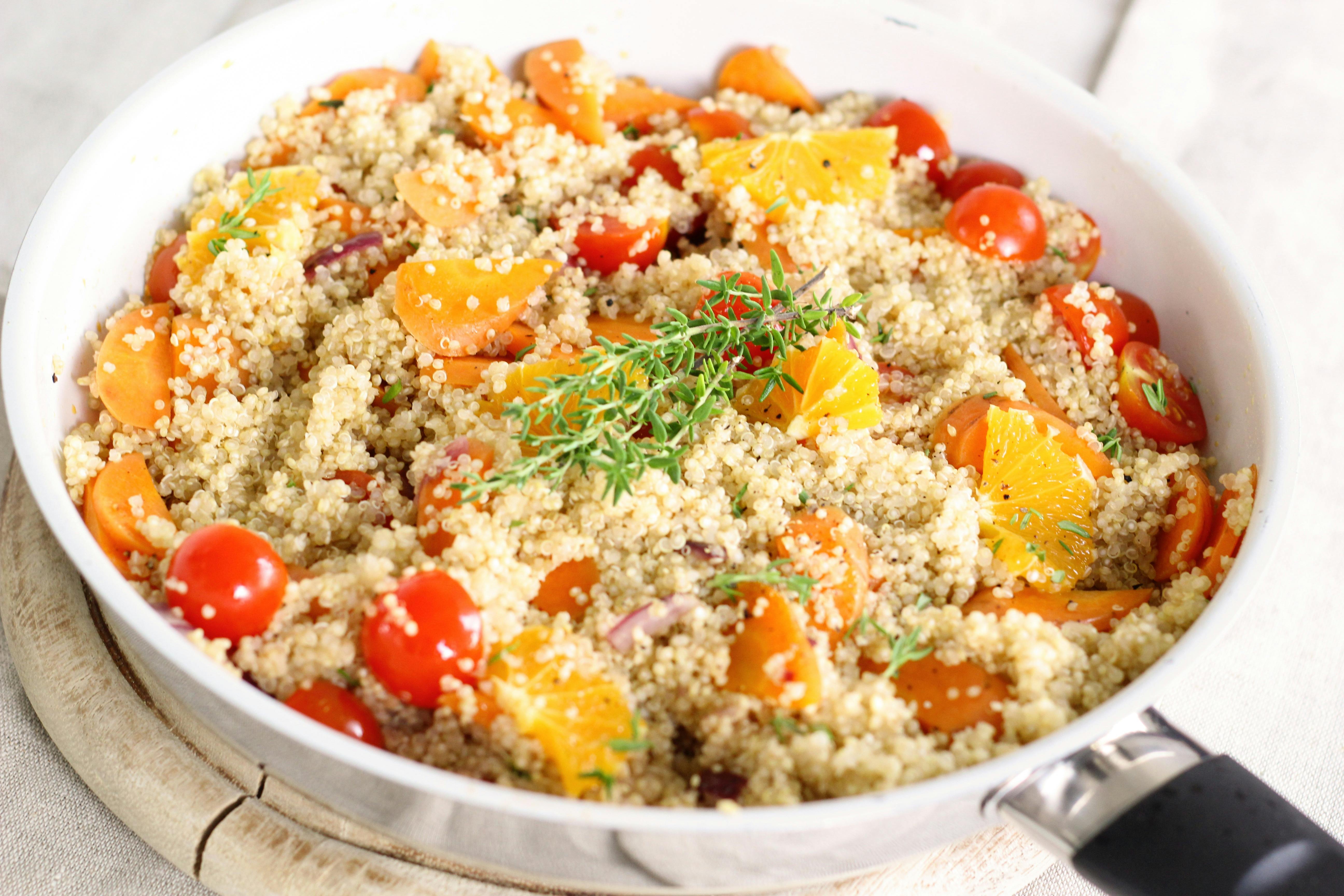
Quinoa is a gluten-free grain that is generally well-tolerated, but proper preparation is key to its soothing benefits. Its protein and fiber content offer sustained energy and steady elimination, which helps reduce bloating. Crucially, before cooking, thoroughly rinse quinoa to remove the bitter outer coating called saponin. Saponins, while protective in nature, can be irritating to the sensitive stomach lining and potentially trigger reflux in some individuals. Once rinsed, quinoa provides a complete, alkaline protein source that acts as a gentle, neutral base for any meal, supporting long-term digestive stability.
22. Fennel Tea: Anethole's Calming Effect
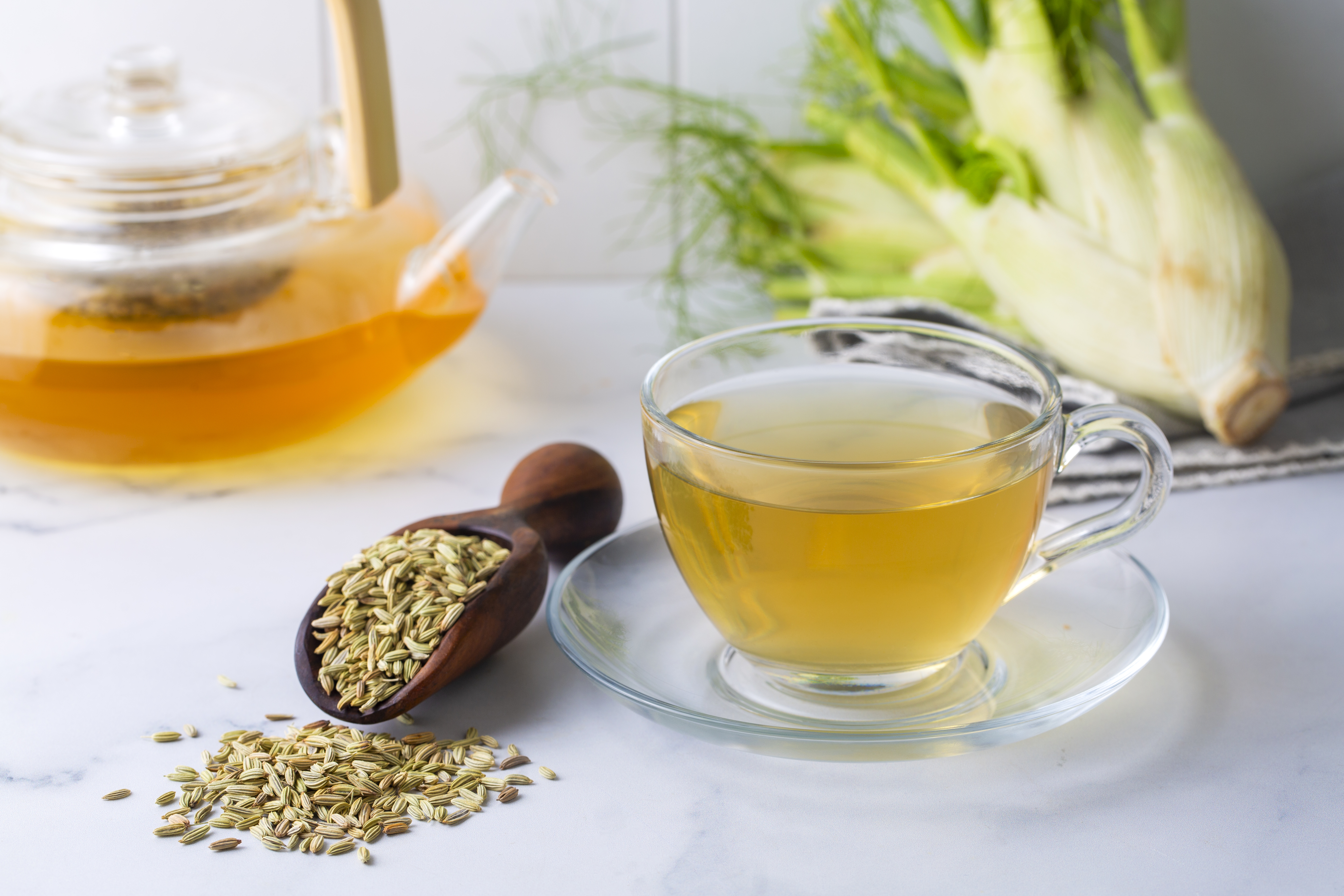
While the fennel bulb is mentioned, brewing a tea from the fennel seeds delivers a more concentrated dose of its primary active compound: Anethole. Anethole is a potent natural antispasmodic that actively relaxes the muscular contractions in the digestive tract. This specific action is highly effective at dissolving gas pockets and easing the painful cramping and tension associated with chronic bloating and irritable bowel syndrome. As a warm, non-acidic liquid, fennel tea is exceptionally soothing for the esophagus. Sipping it slowly after a large meal is a time-tested, simple ritual to help your gut seamlessly transition into the digestion phase.
23. Chamomile Tea: The Anti-Spasmodic Nervine

Chamomile tea is famous for relaxation, but its compound bisabolol is a potent anti-inflammatory and anti-spasmodic agent that works directly on the gut muscles. For bloating, it gently calms intestinal spasms and tension that trap gas. For reflux, chamomile acts as a nervine, calming the central nervous system's link to the gut. Since stress often triggers both excess acid production and esophageal sphincter relaxation, a warm cup of chamomile tea after dinner provides a dual-action benefit by easing both physical tension and the neurological stress that fuels symptoms.
24. Red Delicious Apples (Cooked/Peeled): Low-Acidity Pectin
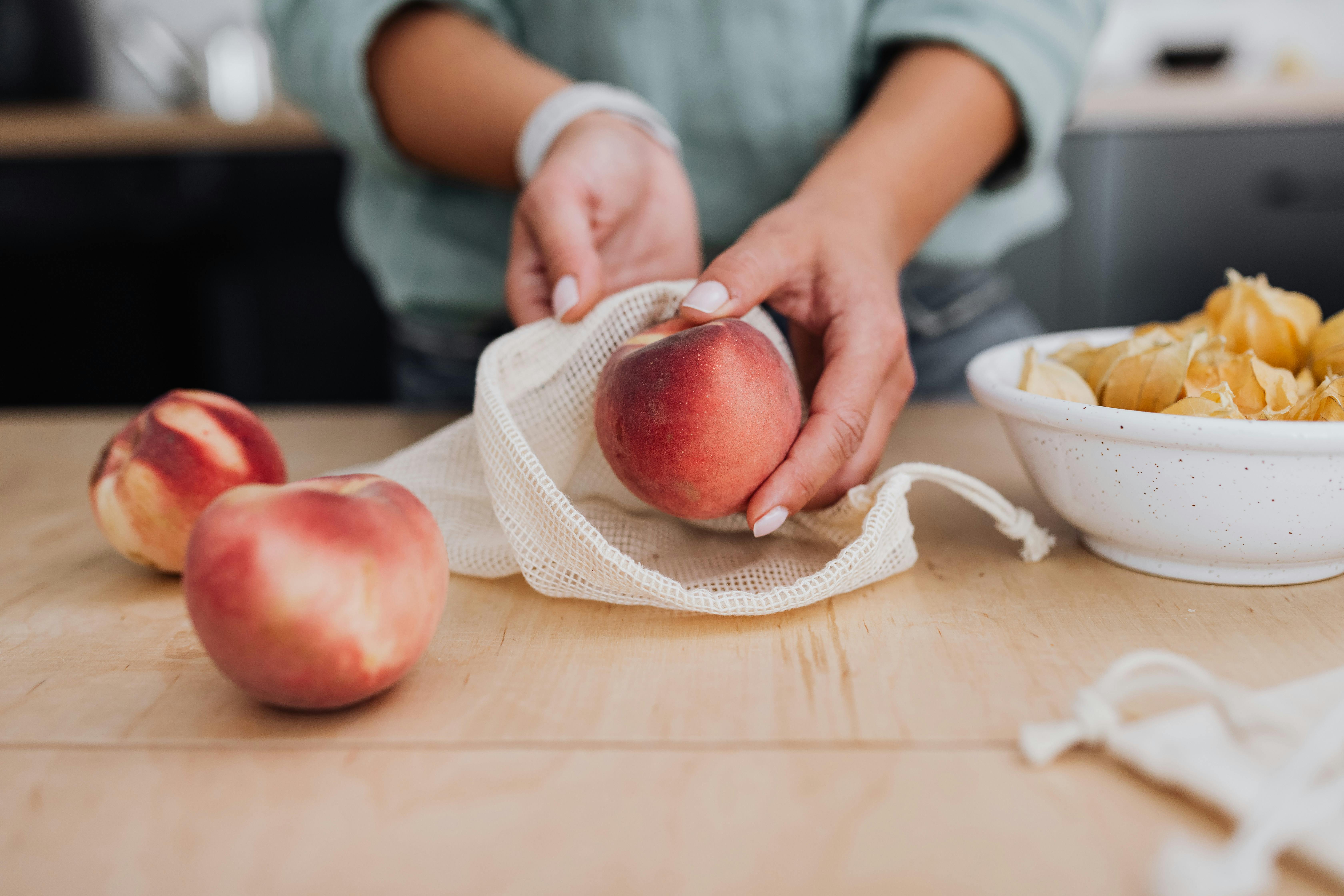
While general apples are sometimes acidic, the Red Delicious variety is uniquely low in acid, making it a safe choice for reflux. Even better, when peeled and lightly cooked (like in a baked apple), its pectin content becomes incredibly gentle and highly effective. This soluble fiber creates a protective, soothing gel in the stomach that binds to excess acid and helps strengthen the lower esophageal sphincter. For bloating, the gentle, cooked pectin regulates transit without causing the gas that some raw, high-fiber foods do. It's a comforting, soft, and easy-to-digest dessert or snack.
25. Slippery Elm Powder: The Mucosal Coating

Slippery Elm is a unique herbal addition because it doesn't treat an imbalance; it creates a direct, physical barrier. When mixed with water, the inner bark powder turns into a thick, gelatinous substance called mucilage. Drinking this mixture coats the entire digestive tract, from the esophagus down to the stomach. This physical coating provides an immediate soothing relief from reflux pain by protecting the irritated mucous membranes from acid exposure. For the lower gut, this mucilage acts as gentle bulk, promoting untroubled regularity without fermentation, helping to ease chronic bloating.
26. Ground Caraway Seeds: Direct Antiflatulent
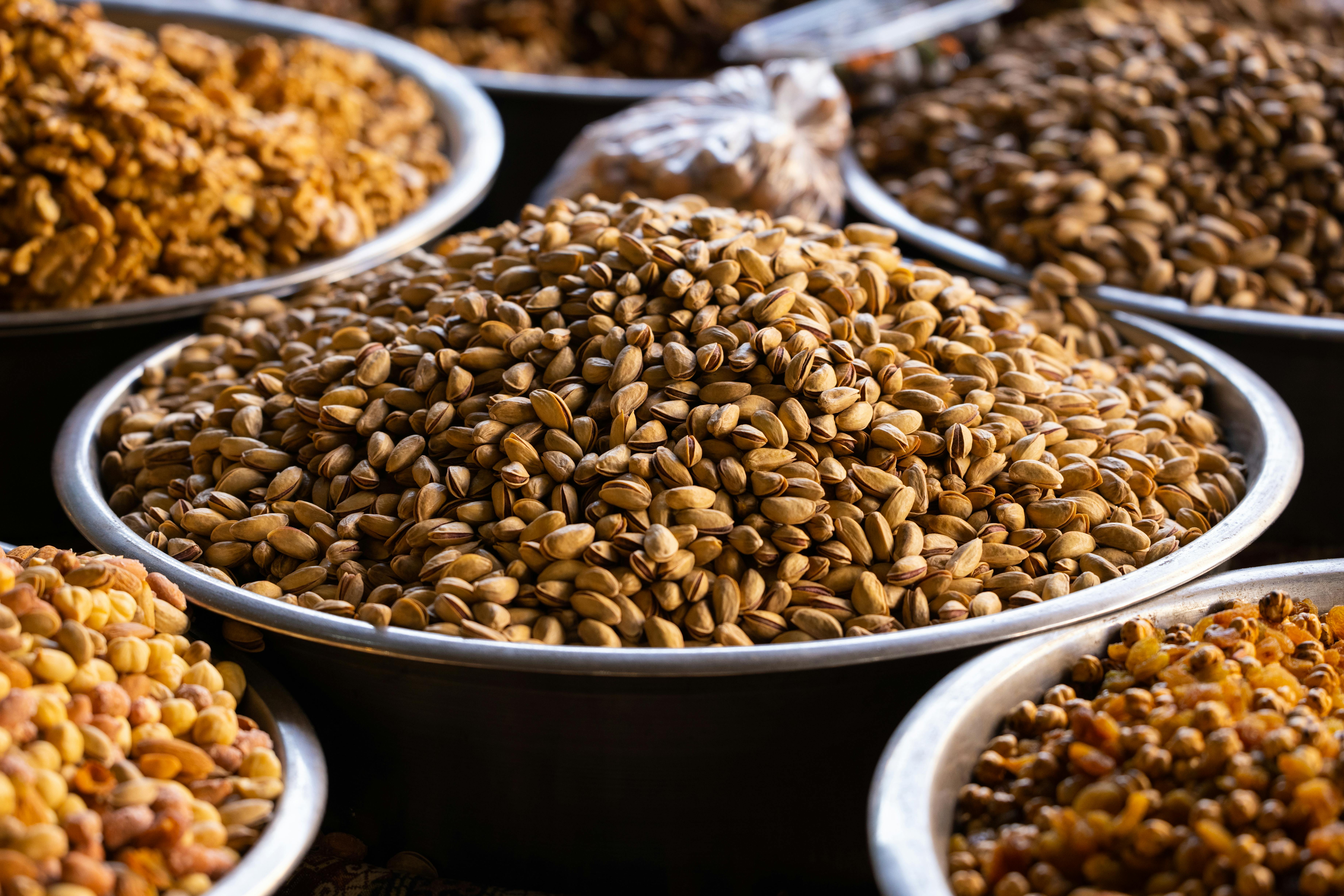
Caraway seeds are one of the most concentrated sources of compounds (carvone and carvene) known for their potent antiflatulent and carminative effects. They work rapidly by calming the smooth muscles of the digestive tract and helping to expel gas bubbles, directly targeting the painful, distended feeling of bloating. Unlike many remedies, caraway is also recognized for its ability to soothe the stomach and improve appetite. Chewing a pinch of the whole seeds after a meal or adding them to baked goods and cabbage dishes offers a simple, powerful, and scientifically backed way to alleviate gas before it causes discomfort.
27. Fresh Mint Leaves (Chewed/Tea): Antispasmodic for Lower Gut

While general herbs are listed, fresh mint, particularly peppermint, is a potent, targeted remedy for the lower digestive tract. Mint contains menthol, a compound that powerfully relaxes the smooth muscles of the colon. This antispasmodic action is excellent for easing the painful cramping and gas buildup associated with Irritable Bowel Syndrome (IBS) and general bloating. Important Note: Always consume mint as a tea or chew the fresh leaves; never take peppermint oil capsules or strong mint products, as the concentrated oil can sometimes be too strong and actually trigger reflux in sensitive individuals.
28. Kimchi (Cooked): Biotransformed Digestive Aid

While fermented foods are mentioned, kimchi offers a unique benefit when cooked lightly (as in a kimchi stew). The cooking process denatures many of the active probiotics, but it biotransforms the cabbage and spices into highly effective compounds like lactic acid and gentle fiber. The residual spices (ginger, garlic) provide anti-inflammatory action, and the cooked cabbage fiber is extremely gentle, aiding regularity without the intense fermentation and gas that raw fermented foods can sometimes cause in sensitive individuals. This preparation method delivers a savory, powerful low-FODMAP digestive boost.
29. Marshmallow Root Tea: High-Potency Mucilage

Marshmallow Root is a classic herbal remedy known for its incredibly high mucilage content, similar to Slippery Elm but often more widely available. When steeped in cold water, the root releases a thick, soothing gel that creates a demulcent action—meaning it physically coats and protects the entire gastrointestinal lining, from the esophagus down. This coating provides immediate relief from the burning pain of acid reflux and reduces irritation in the lower gut. Sip the cold-infused tea slowly to maximize its protective effect over the inflamed mucous membranes.
30. Cantaloupe (High pH Spot Test)
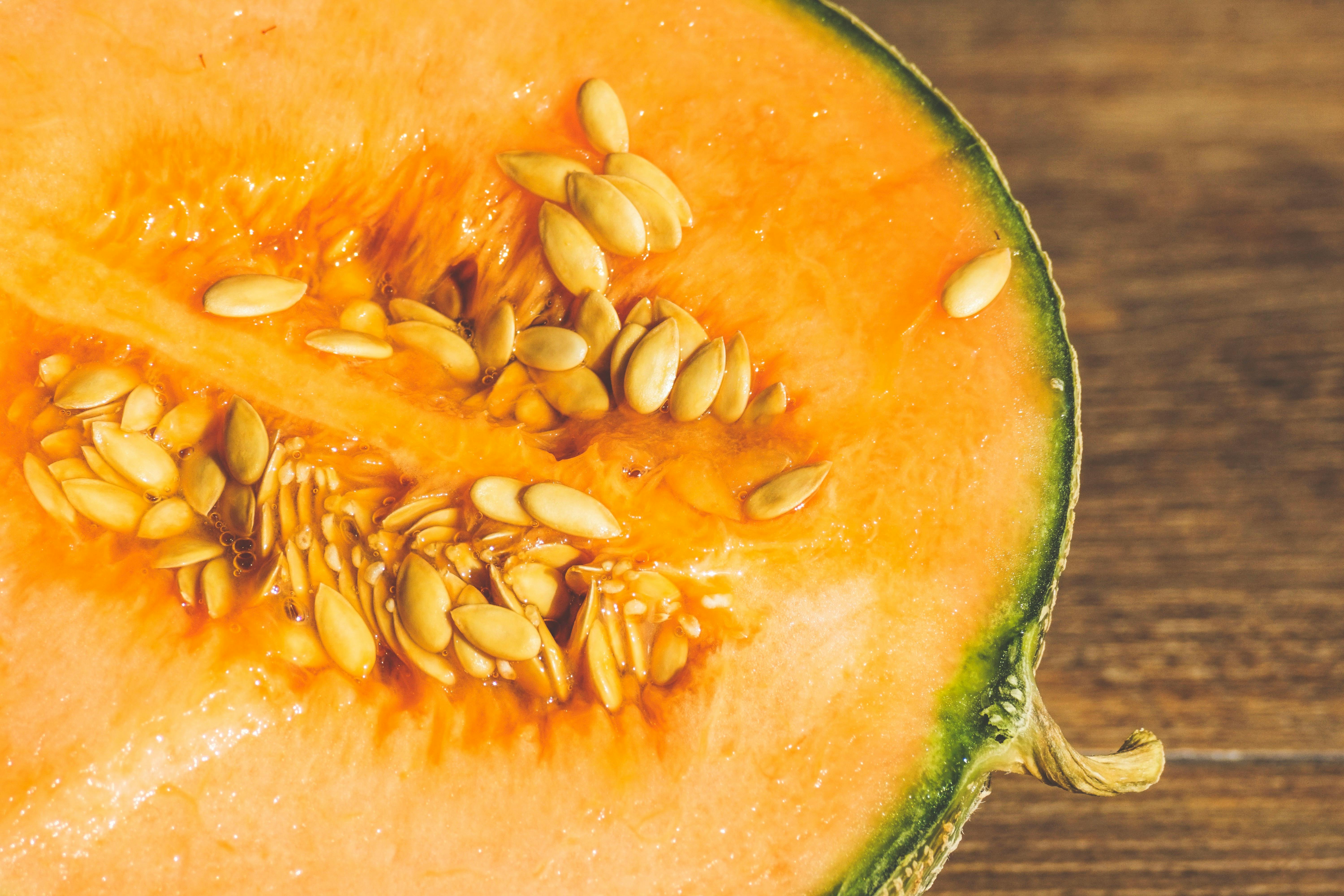
Melon is listed, but the Cantaloupe deserves a unique mention for its exceptional pH level. Due to its very low acidity (high pH), cantaloupe is one of the best emergency snacks for immediate relief from acute acid reflux. Its alkaline nature acts as a gentle, natural neutralizer when stomach acid unexpectedly backs up. The fruit's high water content provides dilution, and its simple sugar profile is easy to digest. Keeping cold slices on hand provides a quick, soft, non-irritating food buffer that helps stabilize the stomach environment during a flare-up.
31. Savory Steamed Fish (Zinc and B12 for Repair)

Beyond the general low-fat poultry, lightly steamed white fish (cod, haddock) is an ideal protein for sensitive guts. Steaming makes the protein easily digestible, minimizing the effort required by the stomach. Crucially, white fish is rich in Zinc and Vitamin B12. Zinc is vital for healing the gut lining and reducing inflammation, while B12 supports nerve function. This combination makes it perfect for gut repair and motility, providing essential building blocks without introducing fats or compounds that might trigger sphincter relaxation or bloating.
32. Ginger Chews (Controlled Post-Meal Motility)
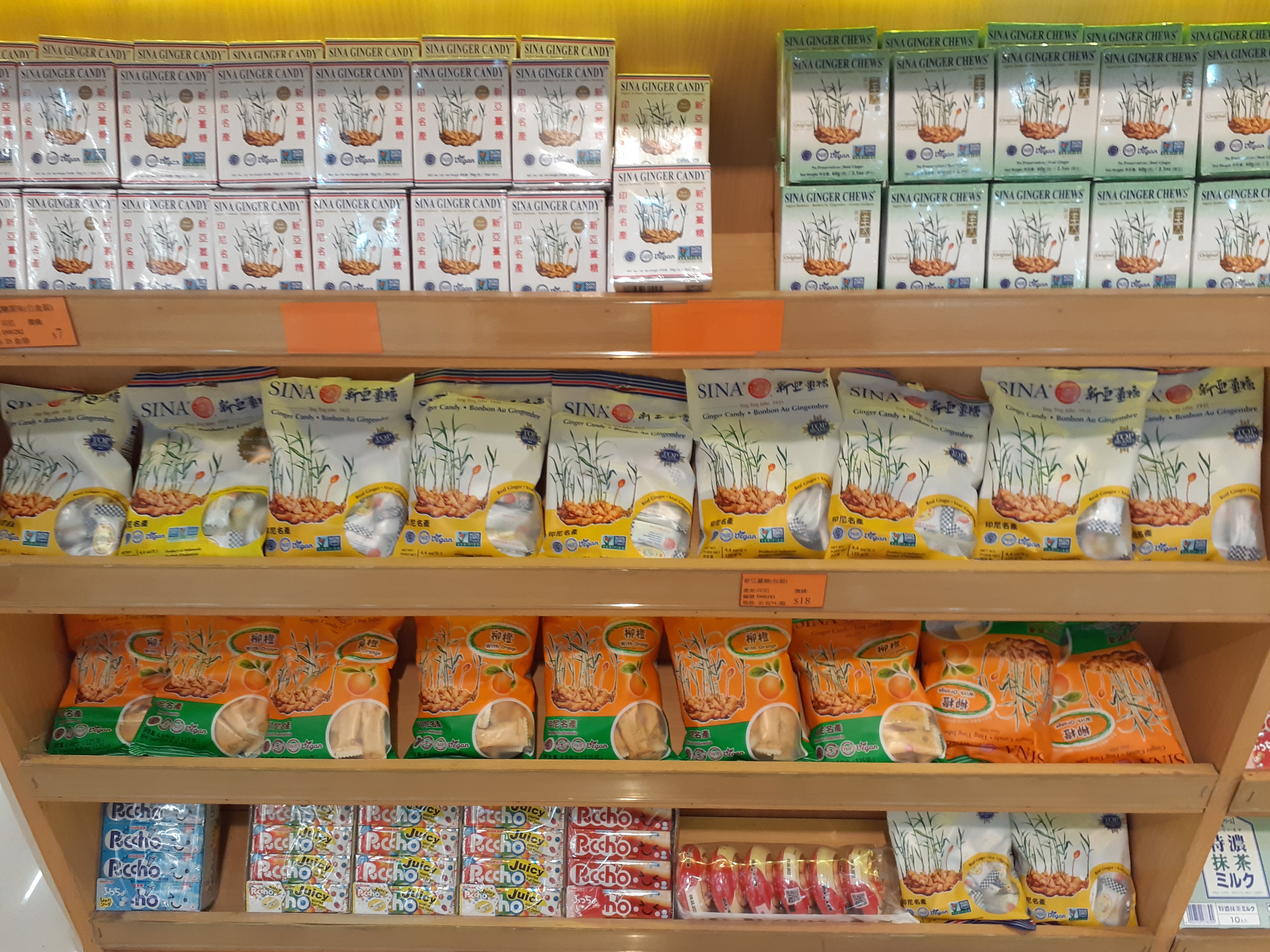
While ginger is at #1, using commercially available crystallized or ginger chews offers a unique, controlled post-meal strategy. Chewing a piece 15 minutes after eating is a precise way to deliver a gentle, measurable dose of gingerols that stimulates gastric emptying (motility). This action helps move stomach contents downward faster, reducing the opportunity for food to linger and backflow up the esophagus, which is a major cause of reflux. The anti-spasmodic action simultaneously helps prevent trapped gas and bloating in the lower tract.
33. Turmeric (Curcumin) — The Gut Anti-Inflammatory Shield
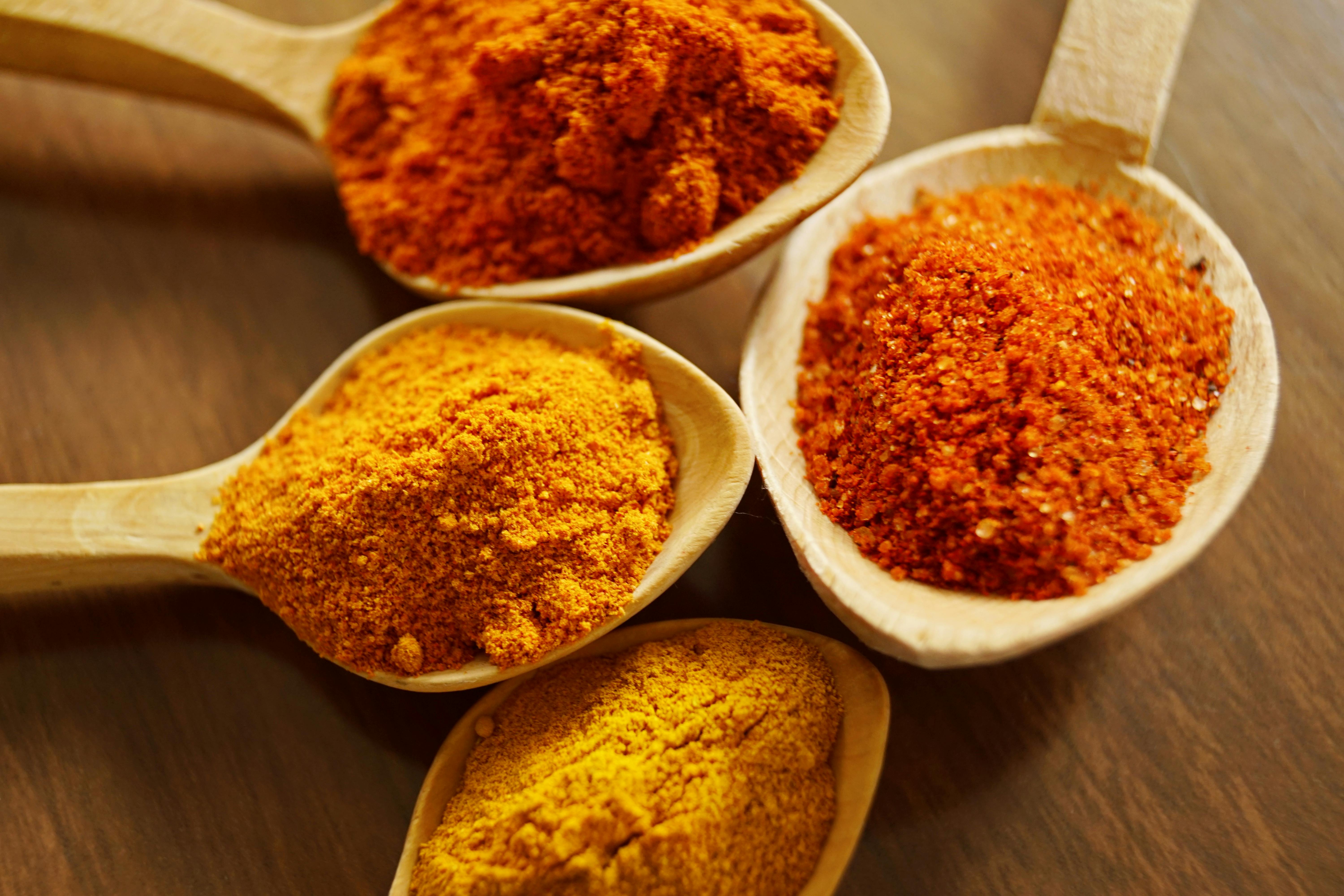
While mentioned for bone health in another list, Turmeric specifically targets the digestive tract with its active compound, Curcumin. Its primary benefit isn't adding fiber or neutralizing acid directly, but rather its potent anti-inflammatory action that directly calms an irritated gut lining. Chronic inflammation, even low-grade, is a major driver of reflux and general gut sensitivity. Curcumin helps modulate the immune response in the GI tract, reducing swelling and irritation. Furthermore, it supports healthy bile flow, aiding in the breakdown of fats, which can otherwise sit heavy in the stomach and trigger reflux. Incorporating turmeric into soups, warm milk, or even as a supplement provides a powerful, cellular-level defense against digestive upset.
34. Baked Potato (Skin Peeled) — The Simple Starch Buffer
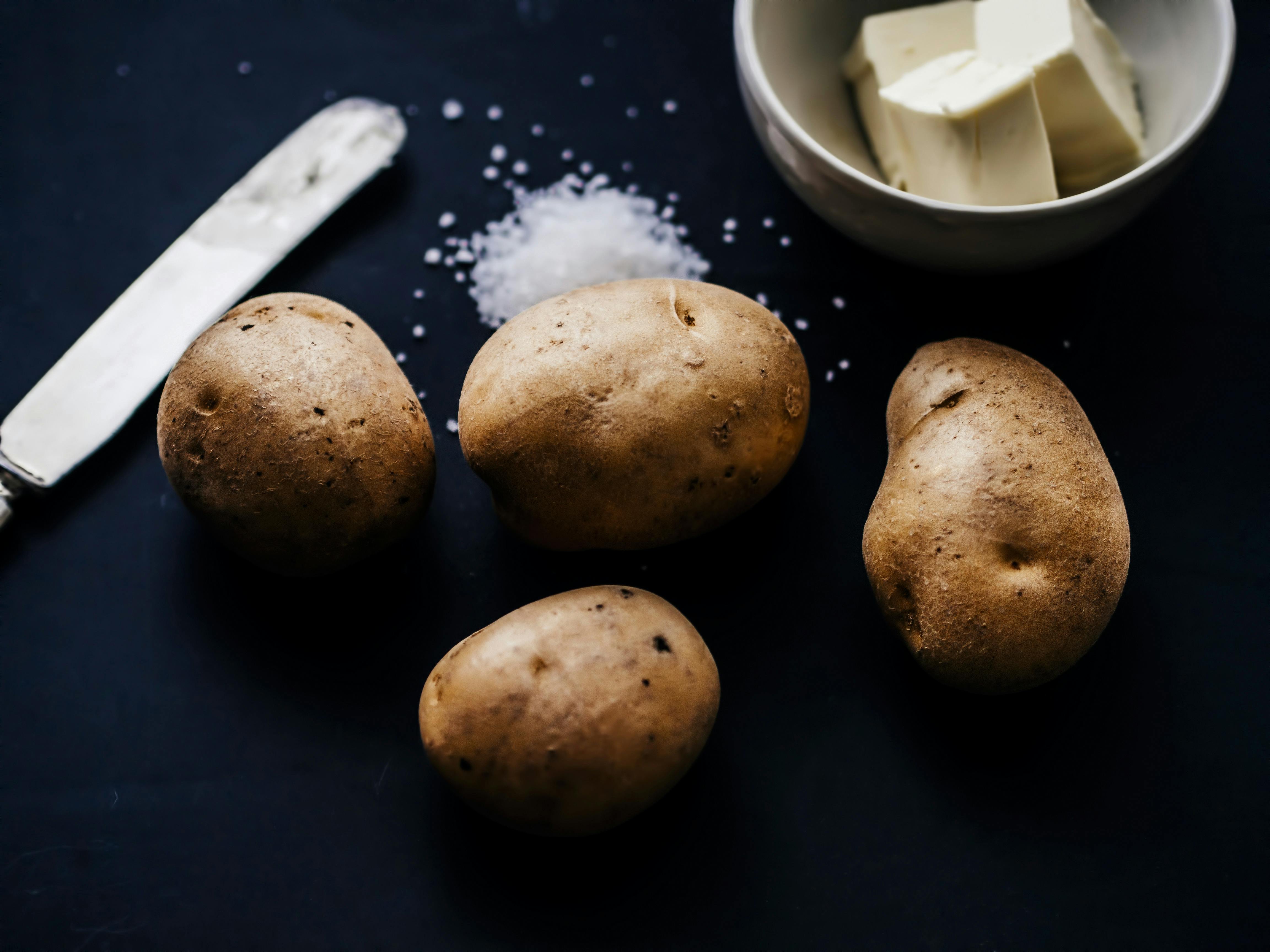
A plain, baked white potato, with the skin peeled, is one of the simplest and most gentle foods for an inflamed or sensitive stomach. This starchy food is highly effective because it contains virtually no fat, is naturally alkaline, and offers a specific type of complex carbohydrate that acts as a simple, soft buffer against stomach acid. Unlike more complex fibers, the starch in a peeled, baked potato is digested high in the gut, leaving little behind to ferment and cause gas or bloating in the colon. It provides instant, satisfying calories without demanding much effort from a strained digestive system, making it an ideal "safe food" during flare-ups.
35. Ginger Root Tea (Cold Brewed) — The Motility Catalyst

While ginger is already listed, preparing it as a cold-brewed tea offers a unique benefit distinct from hot tea. Cold-brewed ginger tea maintains the concentration of gingerols while removing some of the compounds that can cause a slight warming sensation that might feel irritating to a sensitive esophagus. Crucially, the cold liquid delivered immediately after a meal acts as a motility catalyst, encouraging the stomach to empty its contents faster. Faster gastric emptying means less time for food to put pressure on the Lower Esophageal Sphincter (LES), thereby preventing both acid reflux and the heavy, sluggish feeling that leads to bloating.
36. Fennel Seeds (Chewed) — Direct Spasm Relief
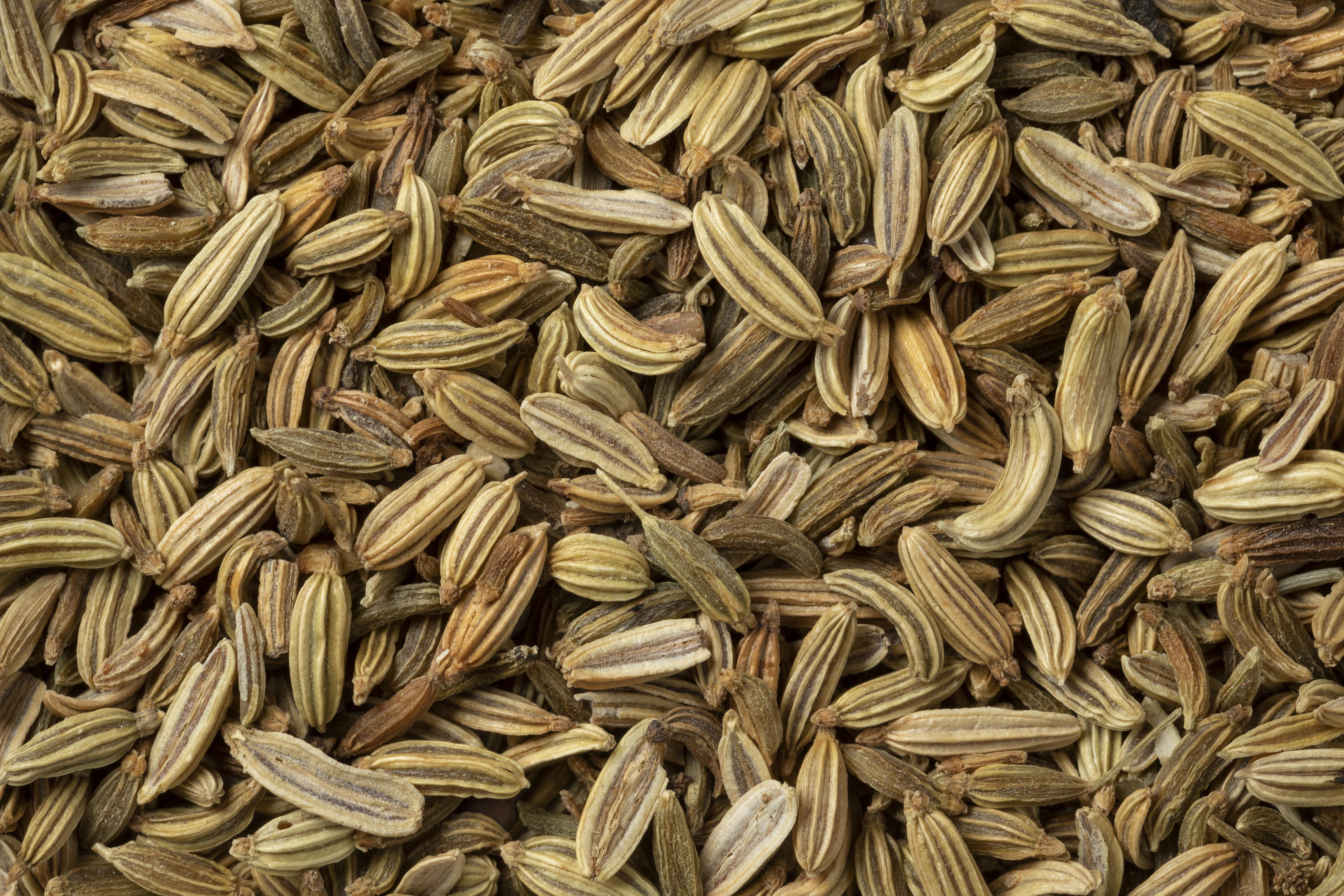
The fennel bulb is covered, but chewing raw or lightly toasted fennel seeds offers a targeted, carminative action that is faster and more concentrated than eating the whole vegetable. The essential oil Anethole is released upon chewing and acts as a direct antispasmodic on the smooth muscles of the digestive tract. This immediate relaxation helps to forcefully break up and release trapped gas bubbles in the intestines, providing rapid relief from painful bloating and abdominal distension. Keep a small container of seeds handy and chew a pinch slowly after meals as a digestive power shot, traditionally used for centuries to ensure gut harmony.
37. Shiitake Mushrooms (Dried) — L-Ergothioneine and Prebiotics

Shiitake mushrooms, particularly the dried variety, contain compounds that support gut health through mechanisms beyond simple fiber. They provide L-Ergothioneine, a unique sulfur-containing antioxidant that protects the cells of the gut lining from oxidative stress and inflammation. Furthermore, Shiitakes contain specialized beta-glucans, a prebiotic fiber that feeds beneficial bacteria but is metabolized very slowly. This provides a gentle, sustained prebiotic benefit—supporting regularity and reducing bloating—without the rapid, intense fermentation that can cause gas with other high-FODMAP fibers. Cook them thoroughly into broths or stir-fries for a savory, low-irritant meal component.
38. Ripe Pears (Pectin and Alkaline Water Content)

Ripe pears are an excellent, often overlooked fruit for sensitive tummies. While they share the high Pectin content of apples (which helps bulk the stool and soothe the stomach lining), pears tend to have a higher pH (lower acidity) than many popular fruits, making them less likely to trigger reflux. Furthermore, the water content in pears is generally alkaline. For those struggling with bloating, pears provide a gentle, easily digestible source of fiber and water that promotes regularity without the intense, rapid fermentation that causes gas with some other high-FFODMAP fruits.
39. Basil Leaves (Eugenol and Anti-Spasmodic Action)

Fresh Basil is more than just a flavorful herb; it contains compounds like Eugenol, which have been researched for their ability to exert anti-spasmodic effects on the digestive tract. This action helps to gently relax tight gut muscles and reduce the painful cramping and tension associated with bloating and gas buildup. Basil's flavor is mild and naturally low in acidity, making it a safe choice for reflux sufferers. Add fresh basil leaves to salads, homemade pestos, or simply chew a few after a meal to promote swift, soothing relaxation in the lower gut.
40. Plain Rice Cakes (The Neutral, Low-Residue Base)

Plain rice cakes are not nutritional powerhouses, but they serve a crucial role for severely sensitive stomachs: they are a highly neutral, non-acidic, low-residue base. Made from puffed rice, they contain minimal fat and fiber, meaning they require almost no effort from the digestive system and are unlikely to trigger reflux or fermentation. For times of acute digestive distress, when very little feels safe to eat, a plain rice cake topped with a gentle food (like banana or a very small amount of unsalted avocado) acts as a soothing, predictable carrier that prevents the stomach from being completely empty.
41. Coconut Water (Electrolytes for Muscle Tone)

While general hydration is covered, Coconut Water offers a unique benefit due to its specific electrolyte balance, especially its high content of potassium. Adequate potassium is crucial for maintaining proper muscle function, including the smooth muscles of the digestive tract. Electrolyte imbalances can contribute to sluggish motility and poor LES (Lower Esophageal Sphincter) tone. Sipping plain, unsweetened coconut water can help support cellular hydration and muscle integrity, gently encouraging stronger sphincter closure and more efficient gut movement, thus tackling reflux and bloating from a subtle, systemic angle.
42. Cooked Okra (The Mucilage Binding Fiber)
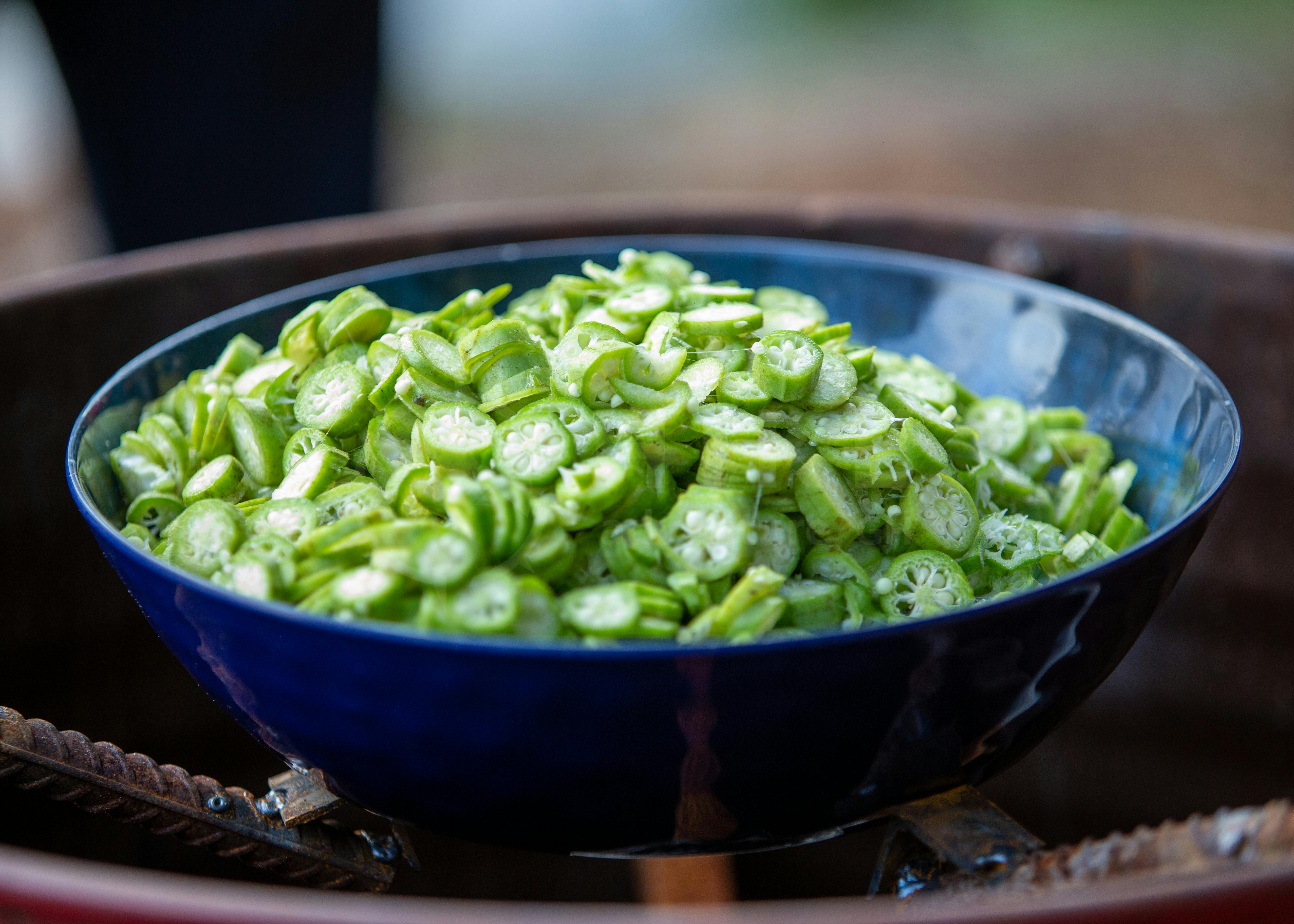
Okra offers a unique benefit due to its mucilage, the soluble fiber that gives it a slippery texture when cooked. This mucilage is highly viscous and acts as an exceptional binding agent in the gut, working like a slow-moving gel that bulks stool and promotes smooth, non-fermenting regularity. For reflux, this gel may provide a gentle coating to the esophageal lining. Cooked (e.g., roasted or lightly stewed) okra is easy to digest and ensures gentle transit, making it a powerful tool for preventing the gut stagnation that commonly leads to gas and bloating.
43. Steamed Cod or Haddock (The Low-Fat Protein)

Steamed white fish, such as cod or haddock, is one of the most easily digestible sources of lean protein available. Its ultra-low fat content is crucial because fatty foods delay gastric emptying and cause the lower esophageal sphincter (LES) to relax, major triggers for reflux. Steaming the fish ensures no extra oils are introduced, making it the least demanding protein choice for a sensitive stomach. This protein provides the necessary amino acids for gut tissue repair and is also rich in Vitamin B12, which supports nerve function and healthy motility without contributing to gas or acid production.
44. Pure Aloe Vera Gel (The Mucosal Anti-Inflammatory)

While aloe juice is listed, utilizing the thick inner fillet gel (always certified food-grade and aloin-free) provides a concentrated, direct-acting benefit. The gel contains specific polysaccharides and anti-inflammatory compounds that adhere directly to the mucous membranes of the esophagus and stomach. This creates an immediate, cooling, physical patch or bandage over irritated tissues, offering profound relief from the burning sensation of reflux. Additionally, the gel’s prebiotic properties feed beneficial gut flora in the lower tract, promoting a stable microbiome and gently aiding elimination, which reduces the underlying systemic causes of bloating and gas buildup.
45. Sumac (The Astringent Digestive Aid)
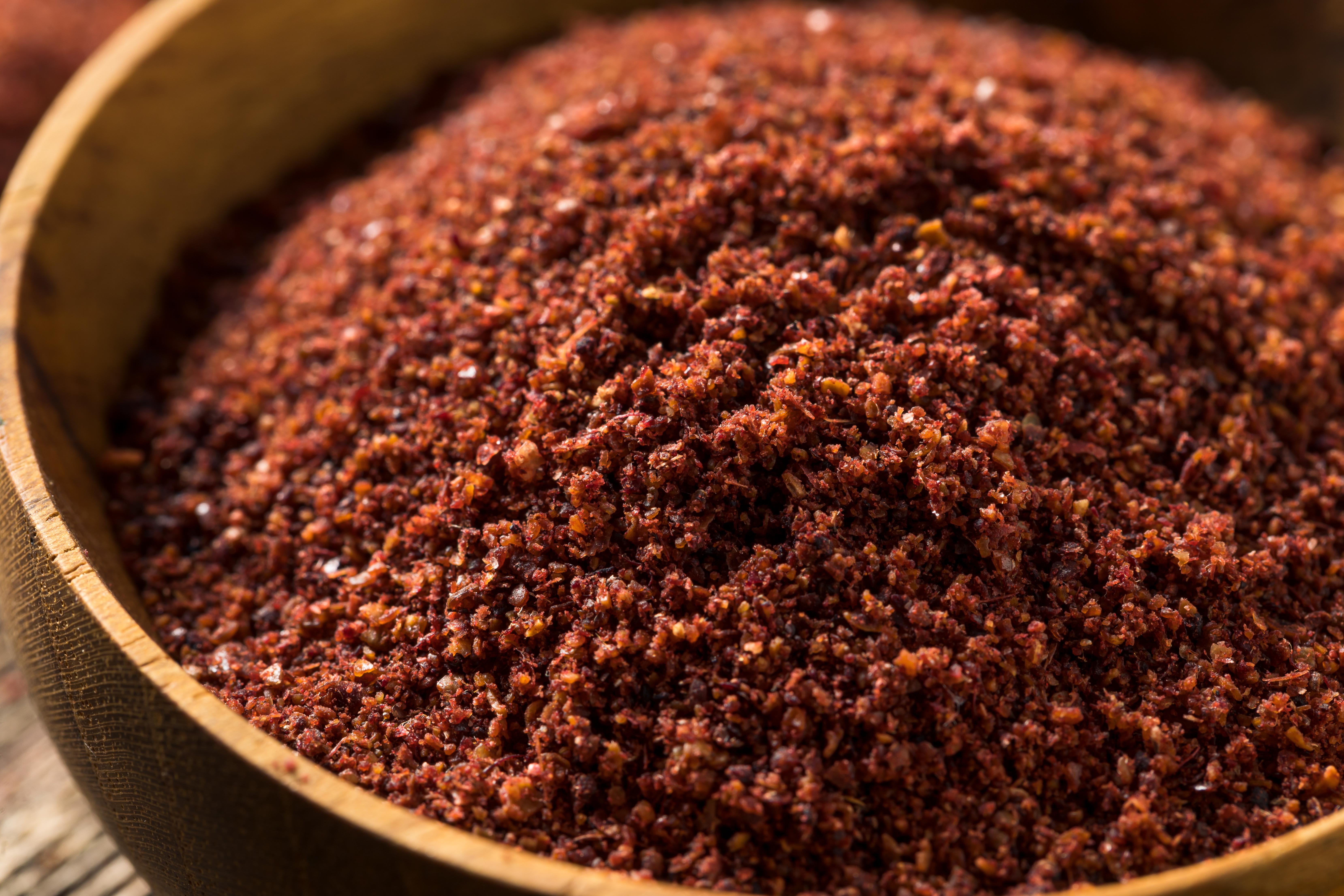
Sumac, the burgundy-red spice common in Middle Eastern cuisine, offers unique benefits for post-meal discomfort. It contains tannins, compounds that give it an astringent (puckering) quality. This property helps to tone the digestive muscles and gently reduce inflammation. Traditionally, sumac water was consumed to settle the stomach, as its astringency supports slightly faster gastric emptying and motility, reducing the chance of food sitting heavy or backing up (reflux). Its mild, tangy flavor is naturally low in acidity. Sprinkle it over rice, yogurt, or use it in salad dressings for a subtle, therapeutic boost to your digestive rhythm.
46. Acacia Fiber (Acacia Gum) – The Non-Fermenting Prebiotic
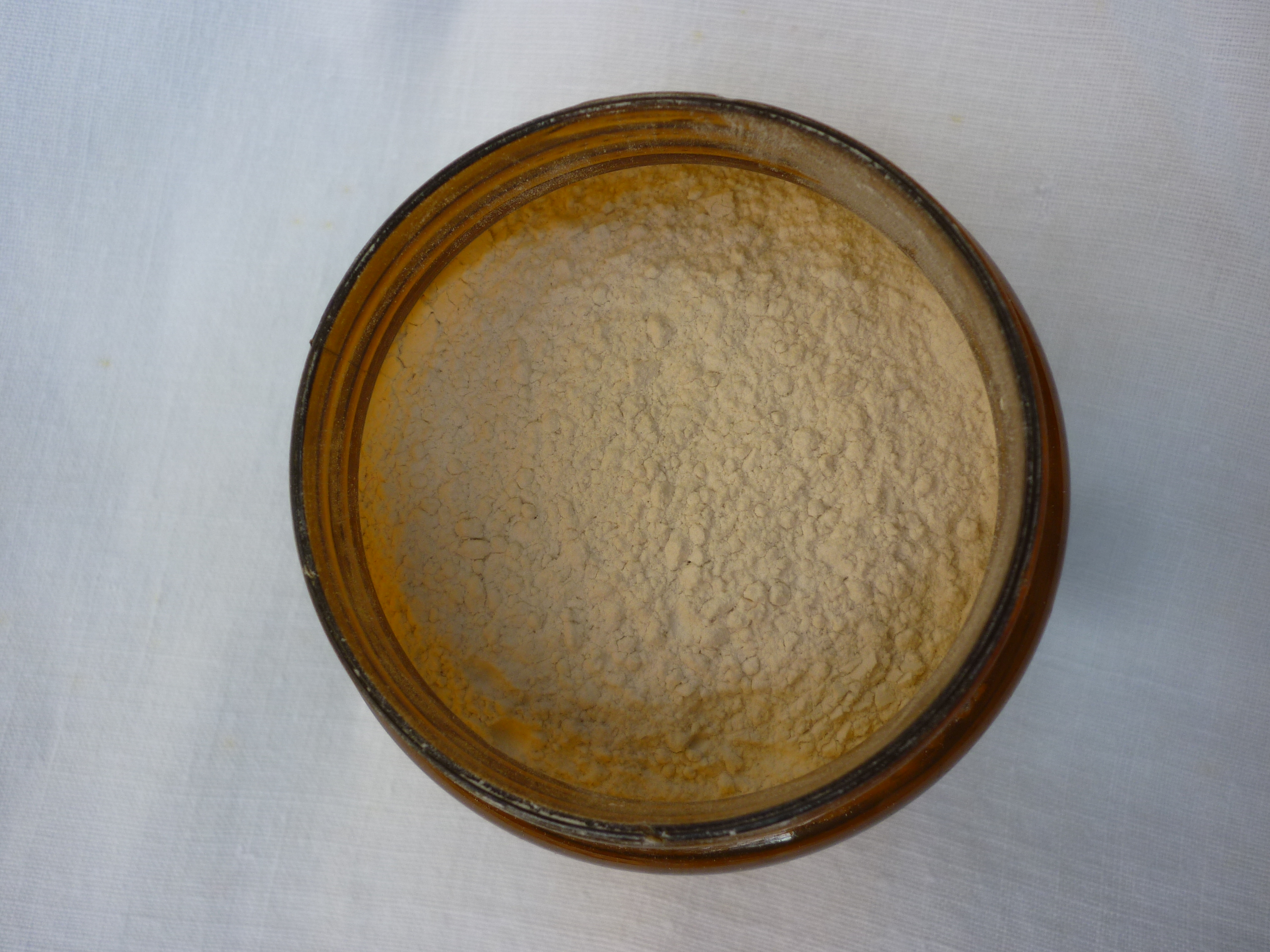
Acacia fiber, also known as acacia gum or gum arabic, is an incredibly gentle form of soluble fiber with a unique advantage for those prone to bloating and gas. Unlike common prebiotic fibers (like inulin or some bean starches) which ferment rapidly in the large intestine—often causing significant gas and painful distension—acacia fiber ferments exceptionally slowly. This slow fermentation process provides nourishment for beneficial gut bacteria without causing a sudden, large volume of gas, making it the ideal non-bloating prebiotic. Additionally, as a soluble fiber, it forms a light gel that smooths gut transit and provides a physical, soothing presence in the upper GI tract, gently aiding in the prevention of reflux. Mix one teaspoon of the tasteless powder into water or a smoothie daily for discreet, long-term digestive stability.
47. Millet Porridge: Alkaline, Gluten-Free Base
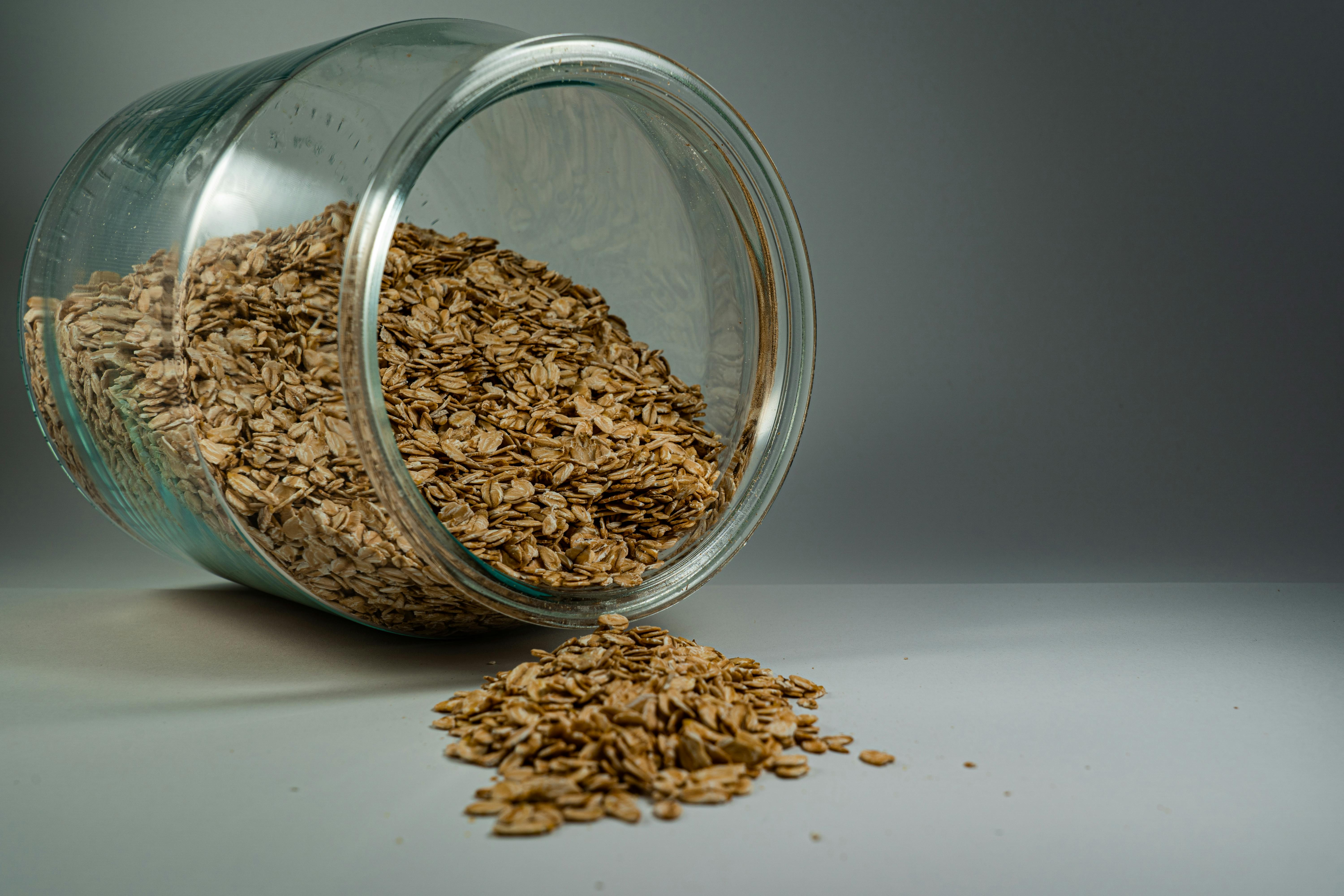
Millet, an ancient gluten-free grain, is a powerhouse for sensitive stomachs due to its distinctly alkaline nature—a key benefit for reflux sufferers. Unlike acidic grains or those that ferment quickly, millet cooked into a creamy porridge (using water or almond milk) provides a gentle, easy-to-digest base that actively helps to neutralize stomach acidity. Furthermore, its fine, uniform starch structure offers soft bulk without the high, tough fiber content found in some whole grains that can cause gas and bloating. Swapping your typical morning grain for millet porridge provides a nourishing, non-irritating, and subtly different neutral base that supports a calm and alkaline internal environment all day long.
Gentle Shifts, Real Relief: Your Digestive Wellness Journey

Above all, listen to your unique needs and consult with a medical professional if symptoms persist or new concerns appear. Here’s to healing, one thoughtful bite at a time—a journey that values not just what you eat, but the compassion and care you offer yourself along the way.
